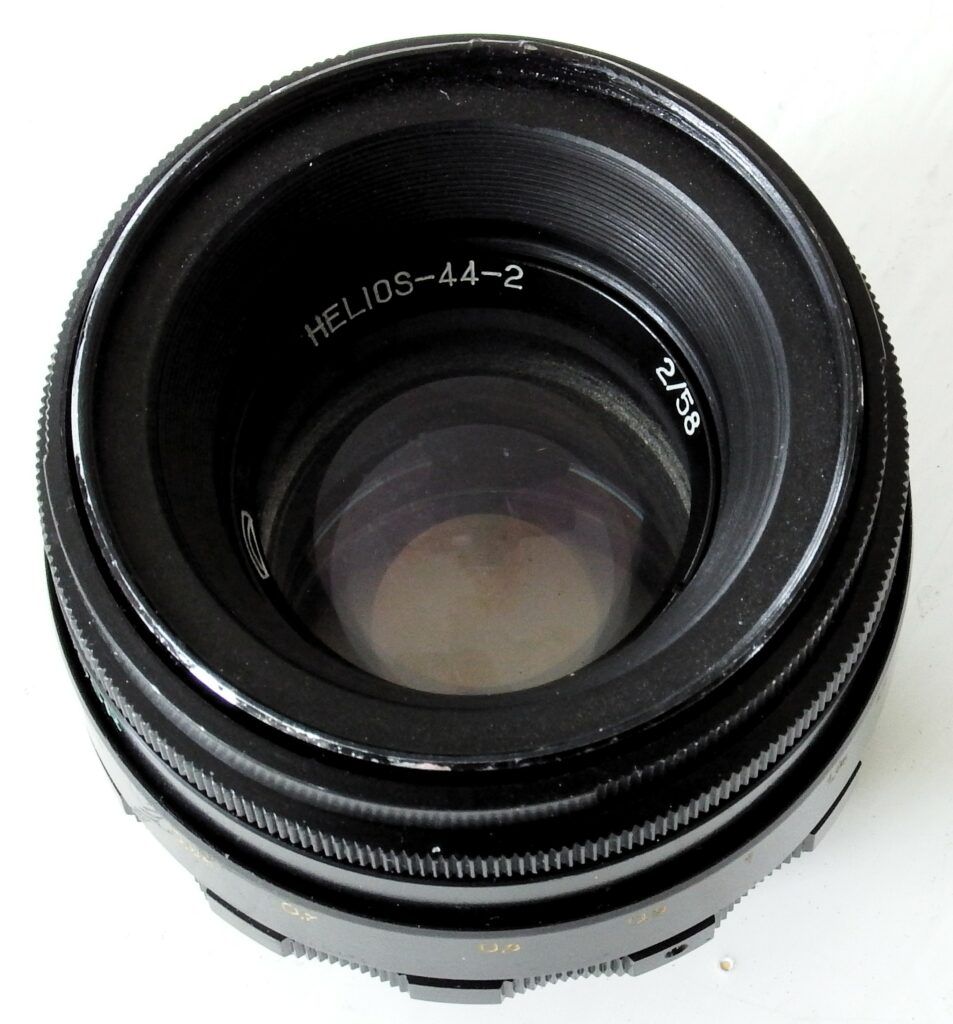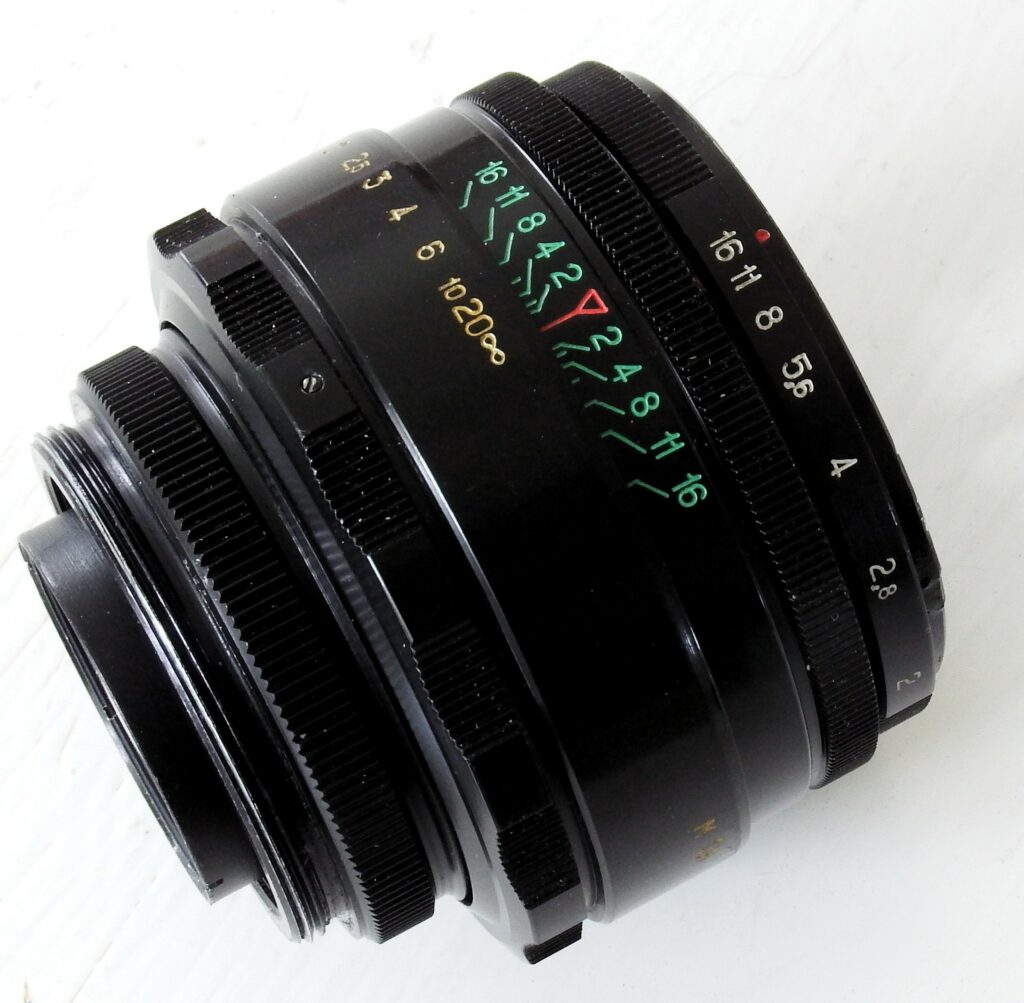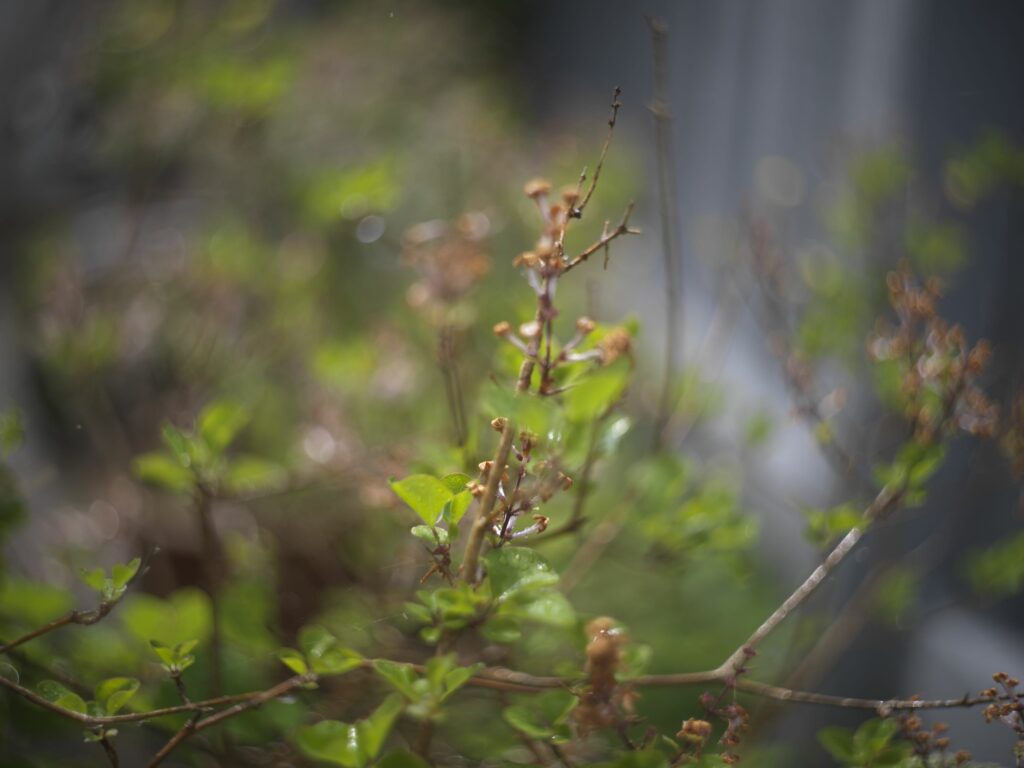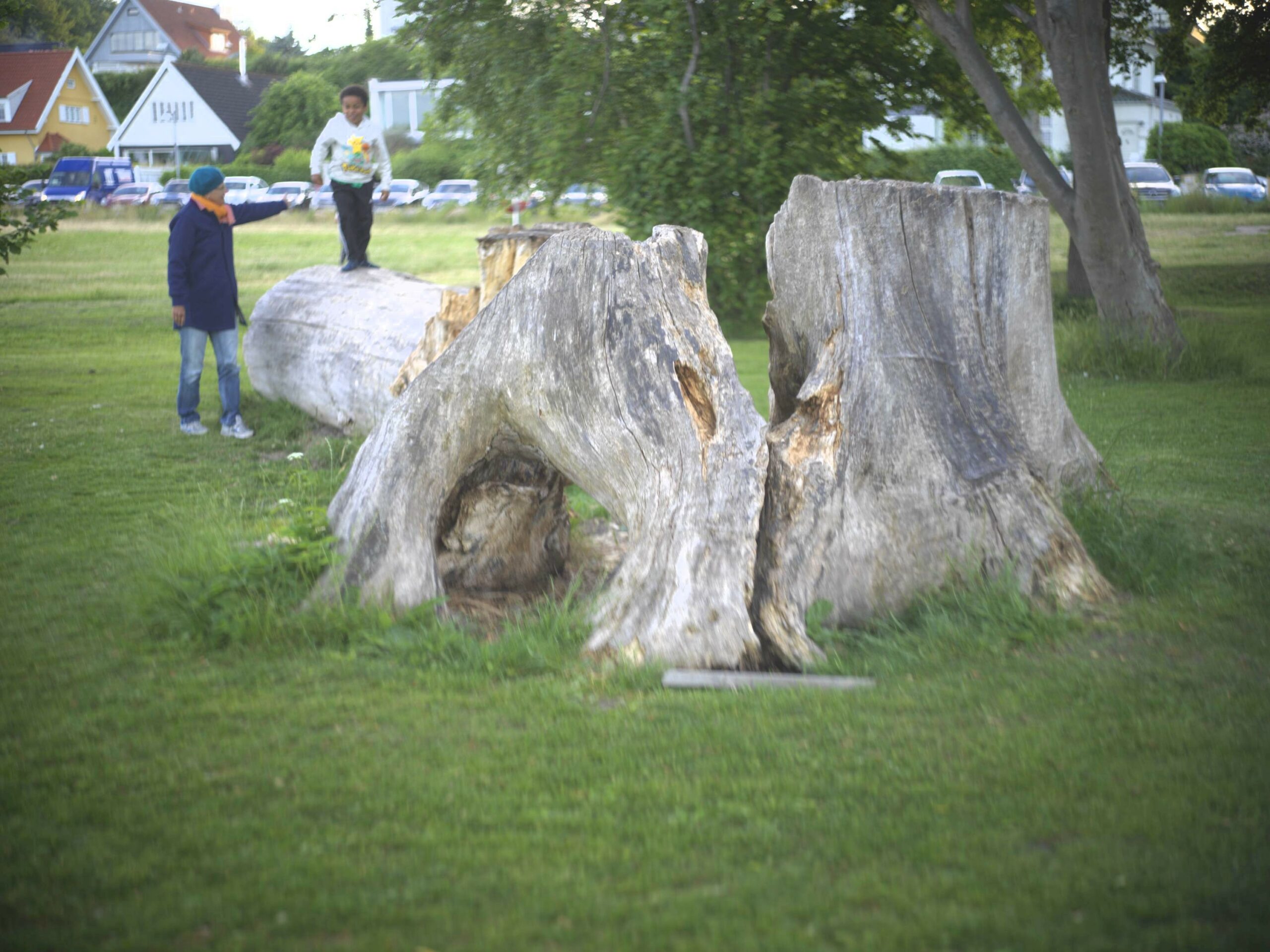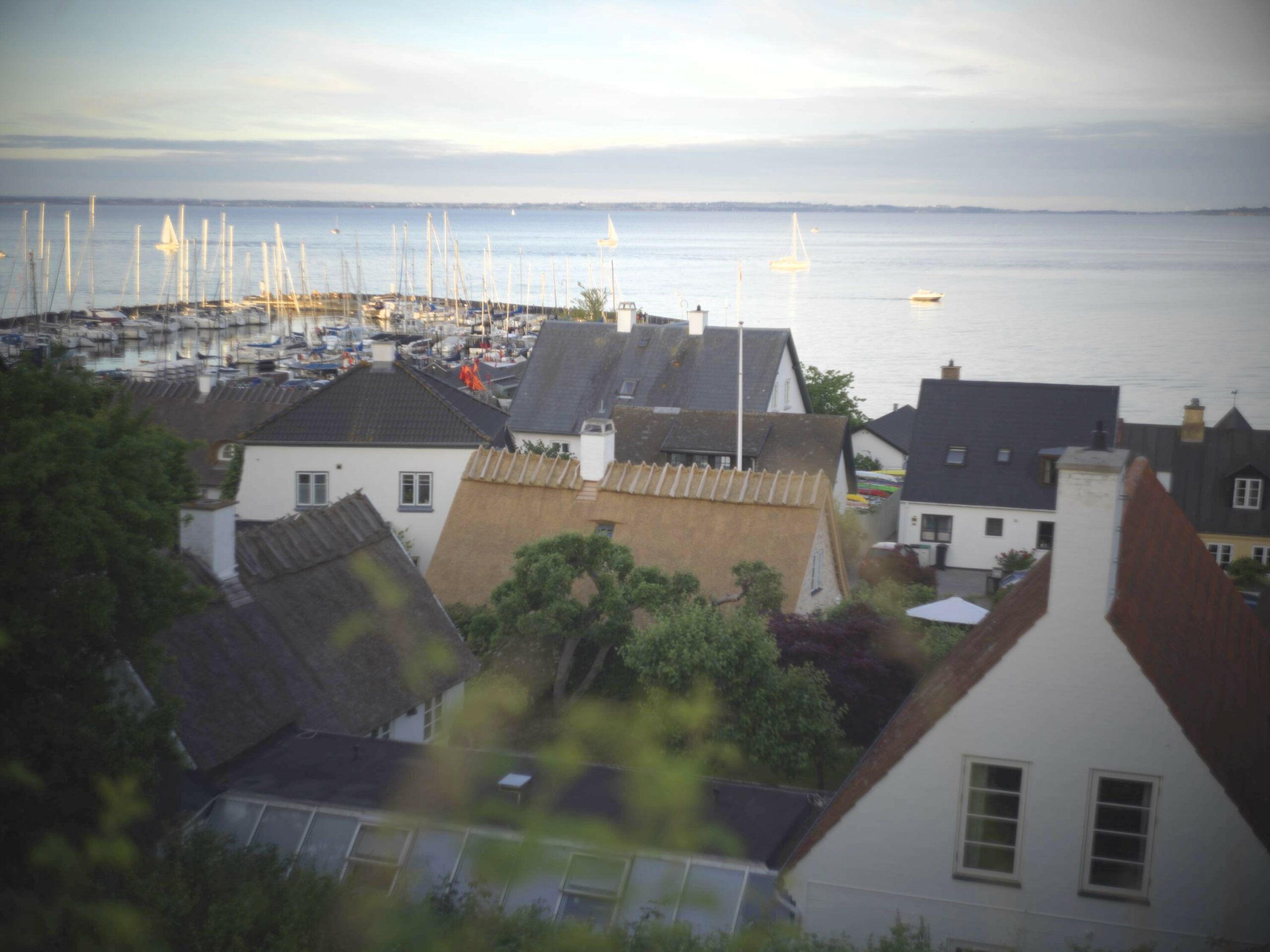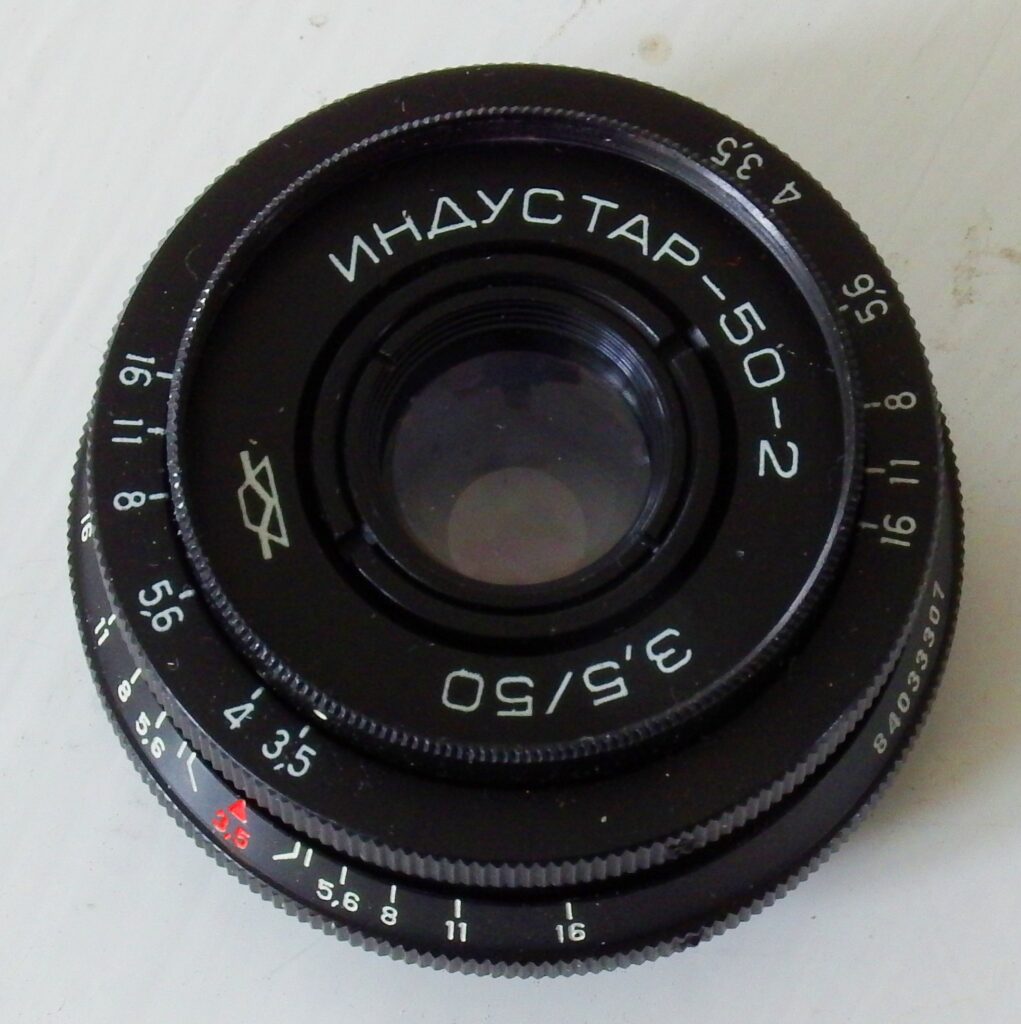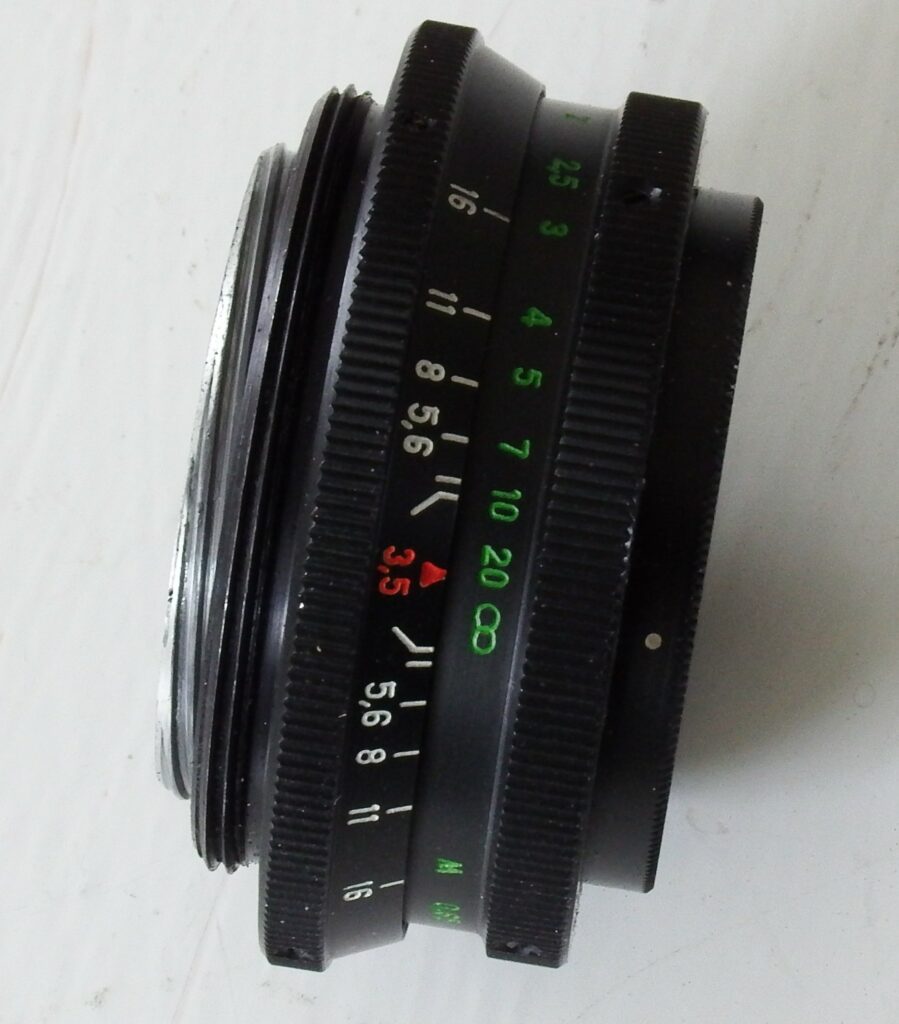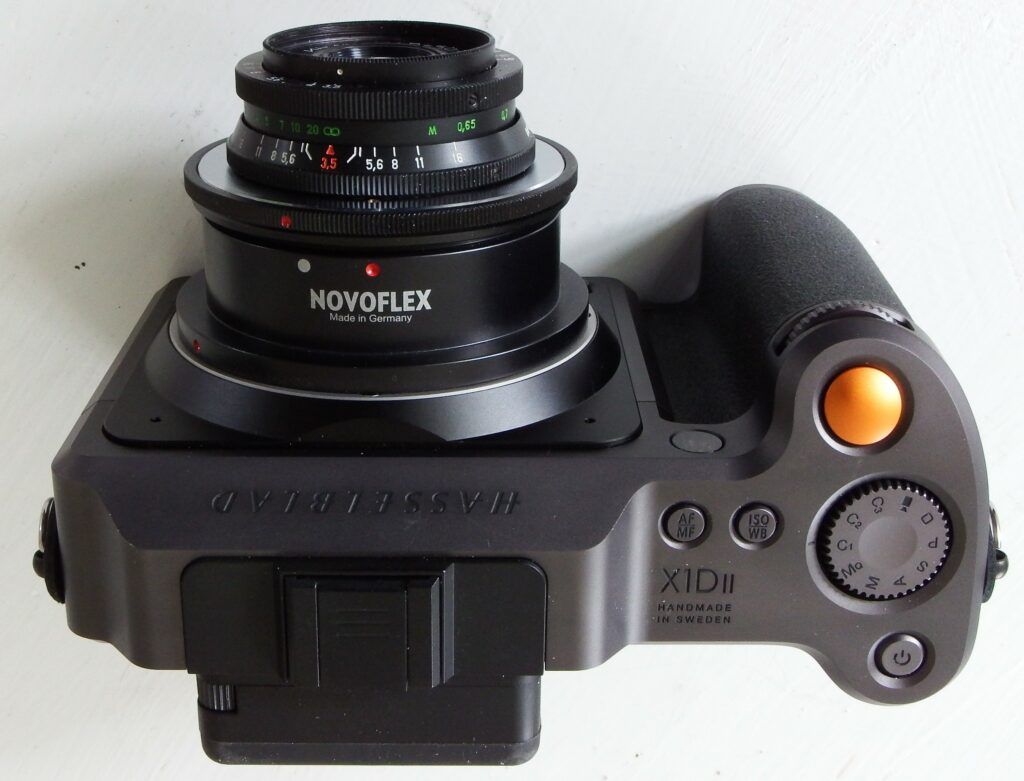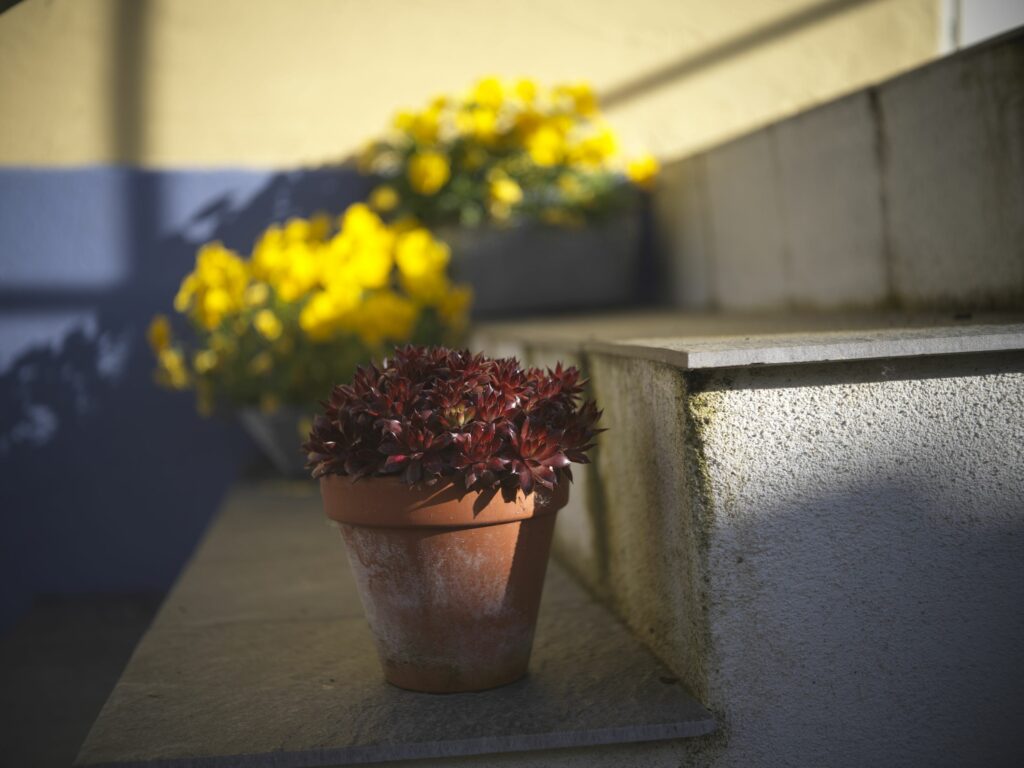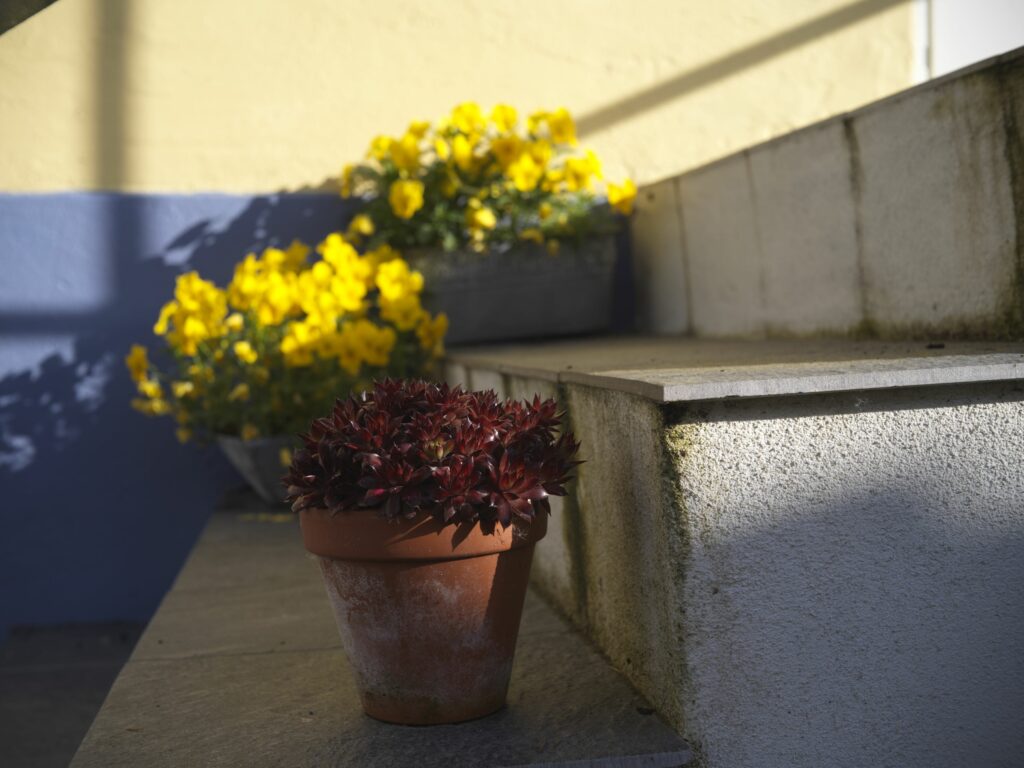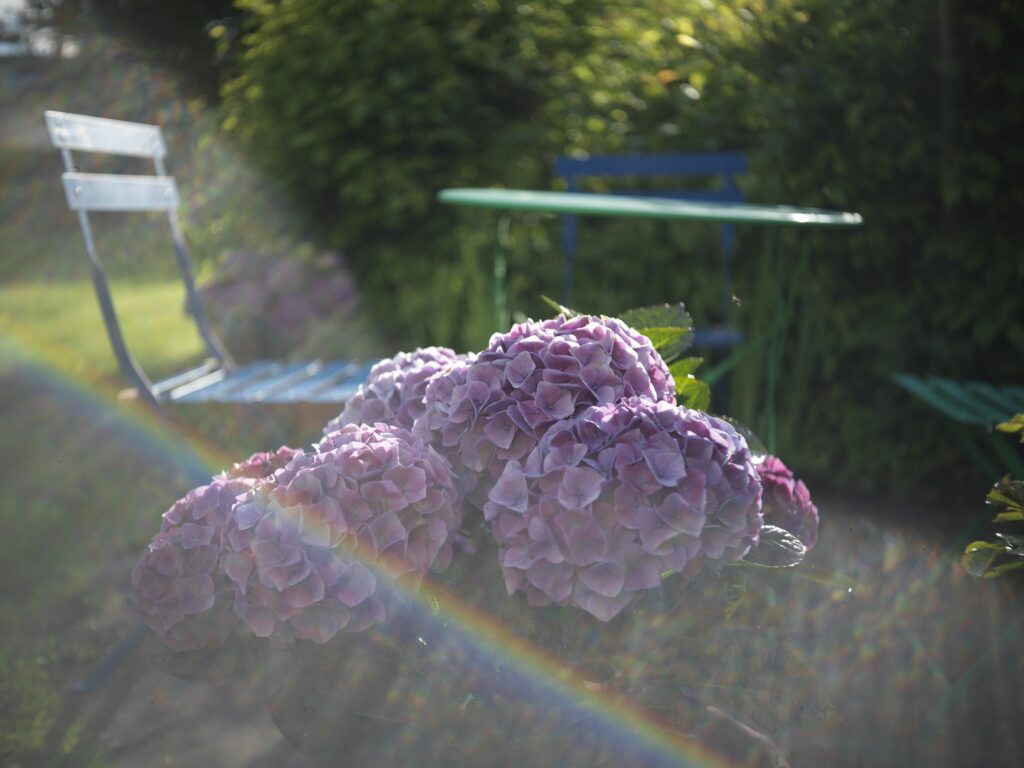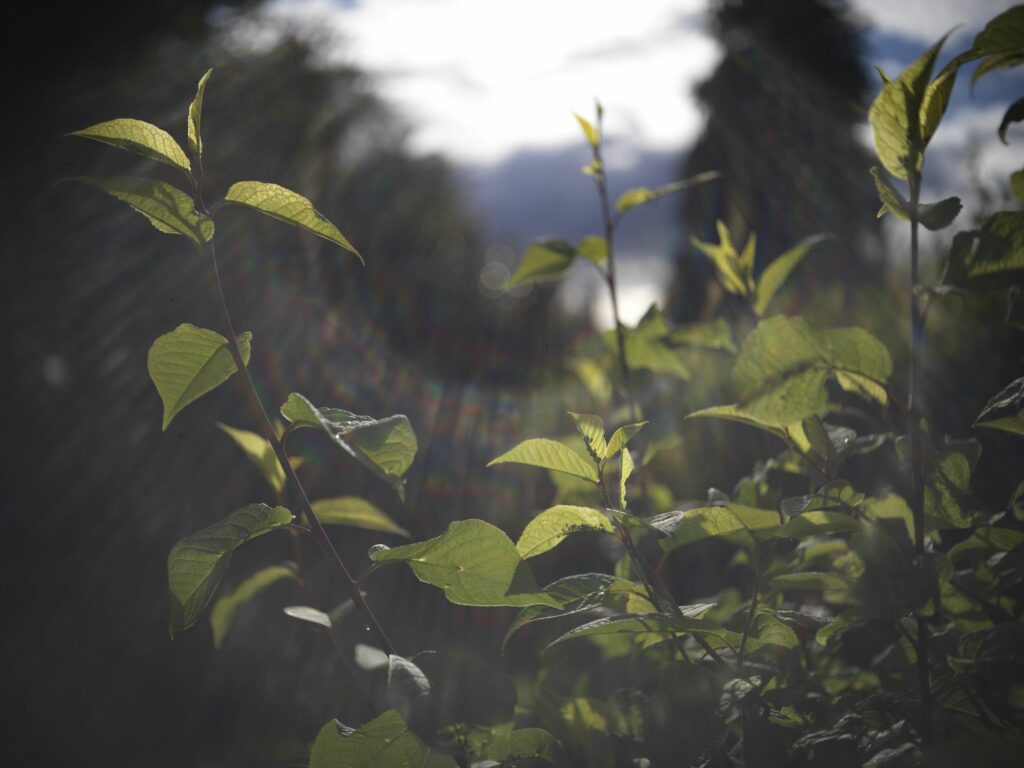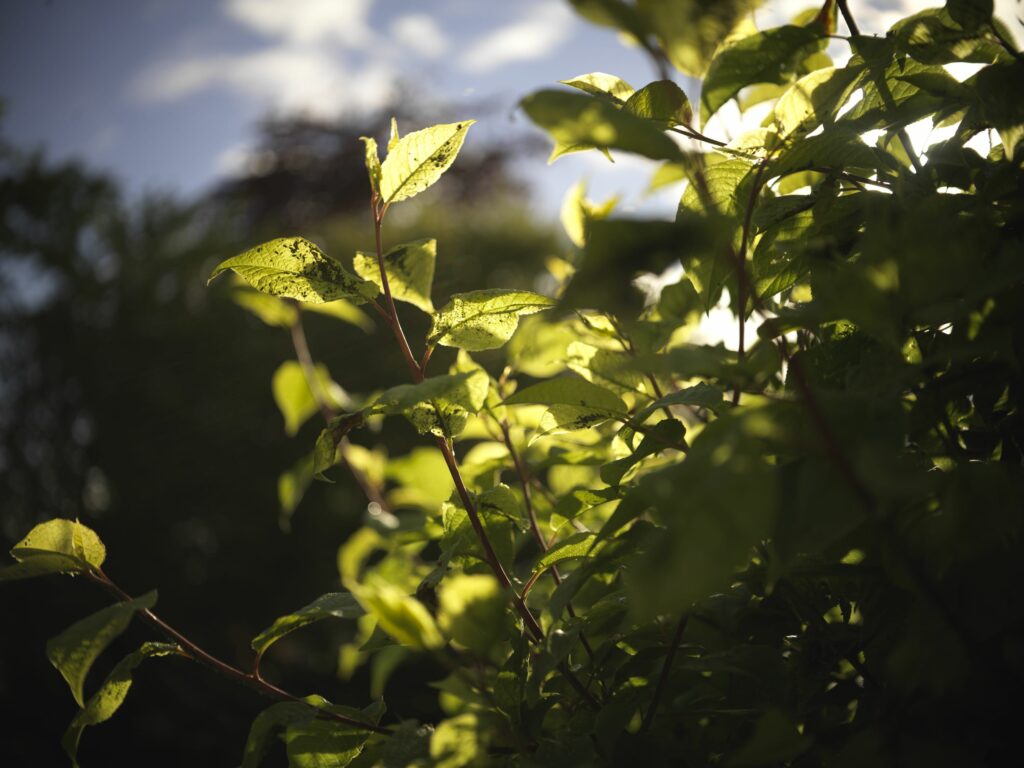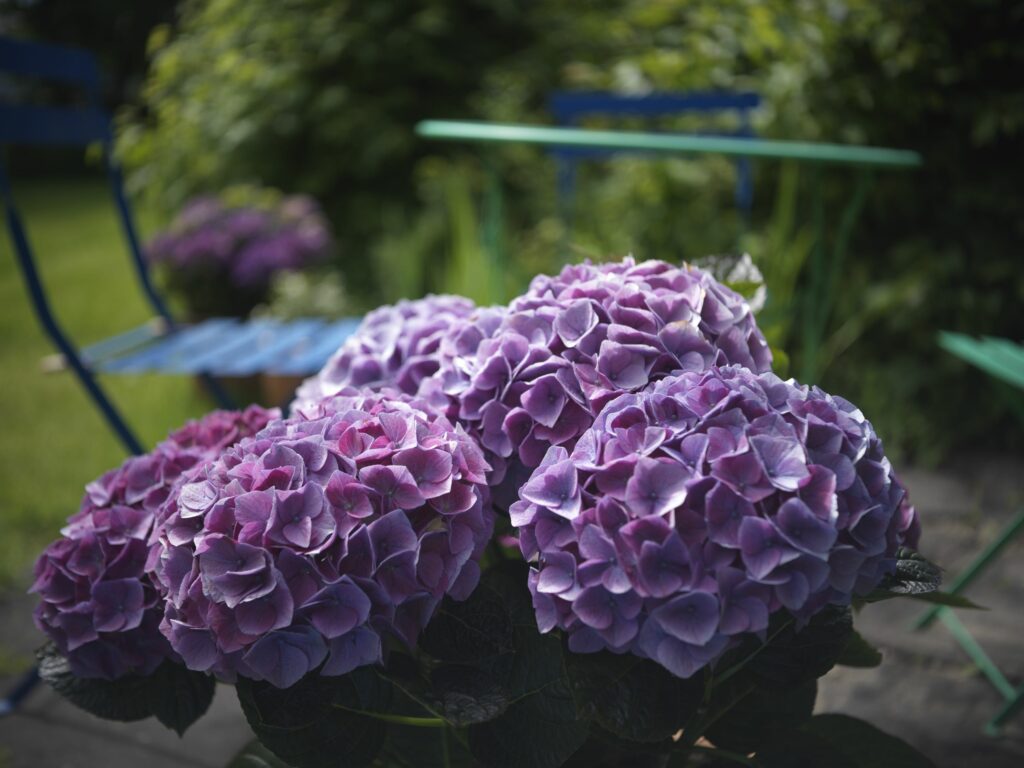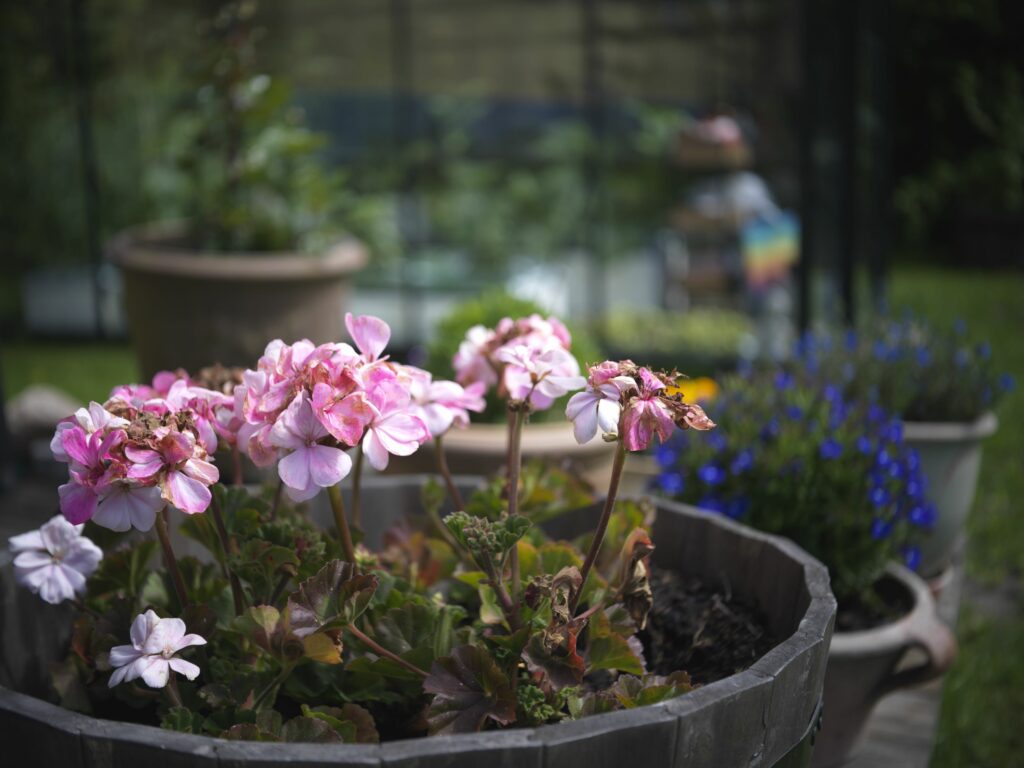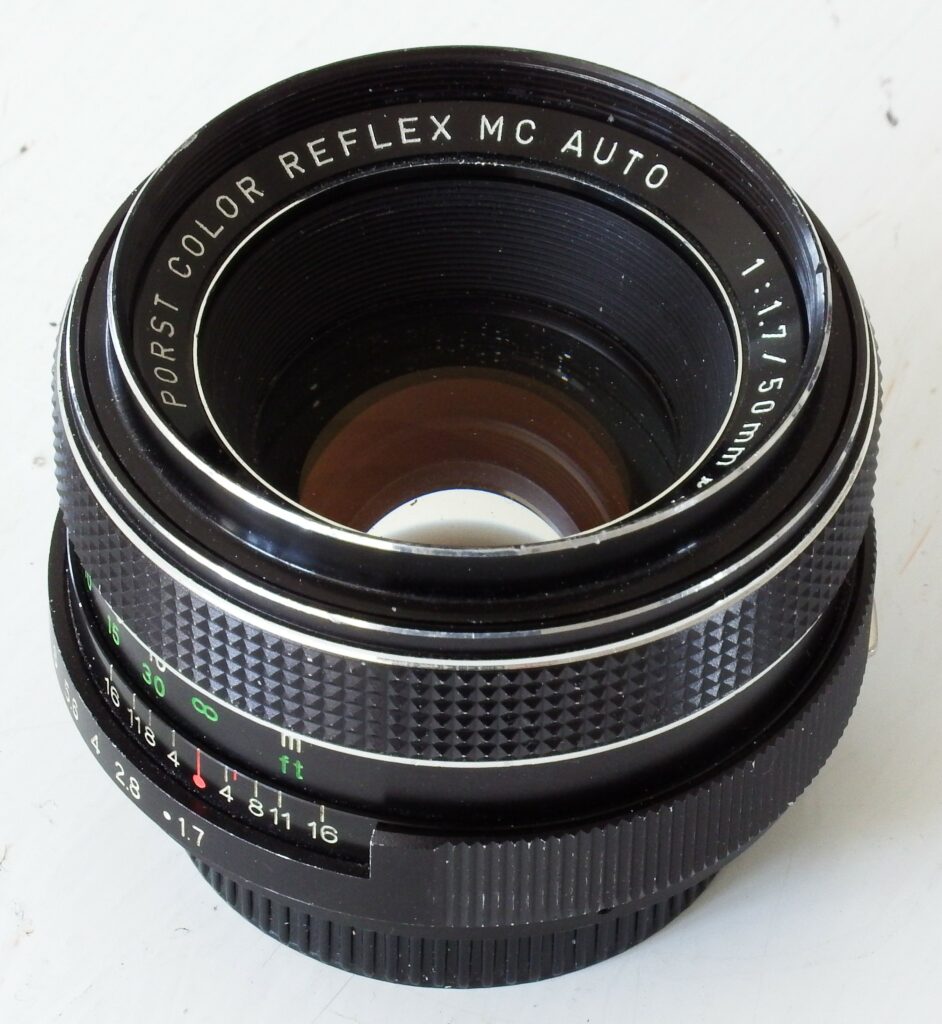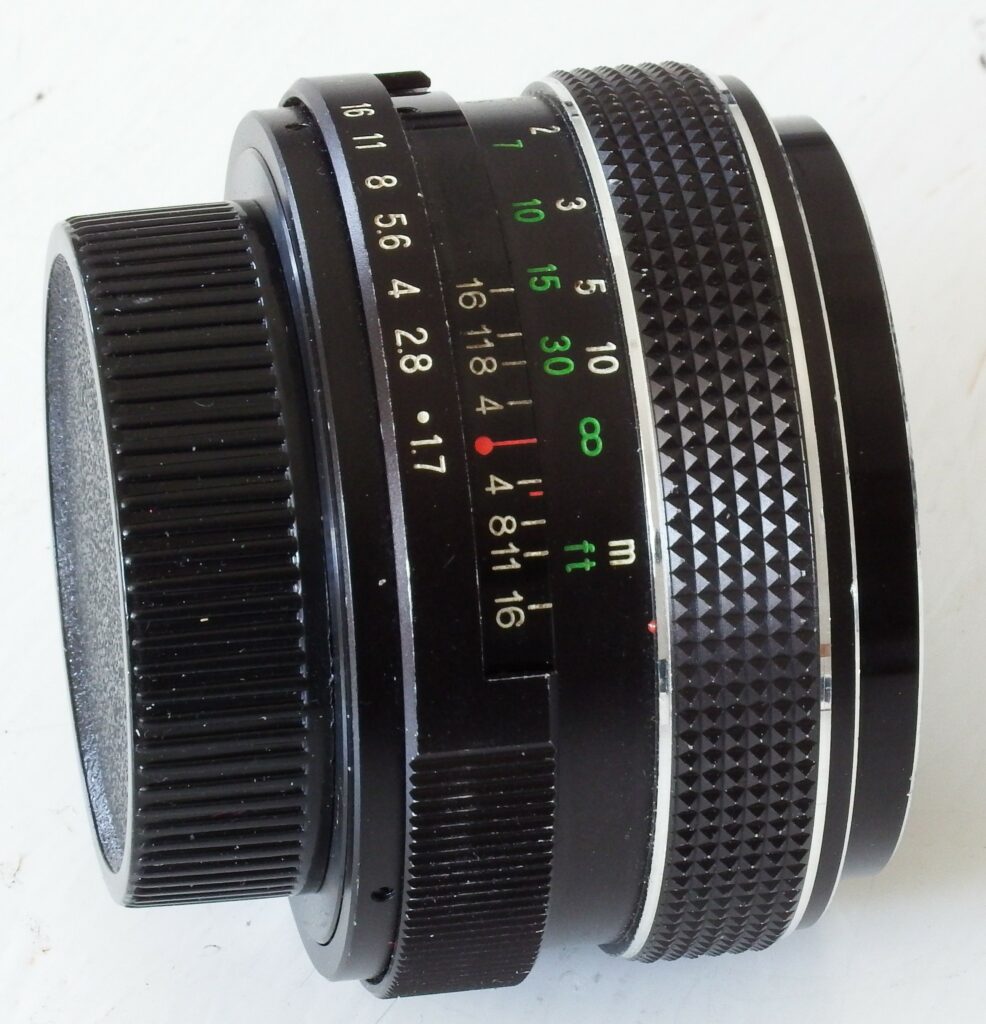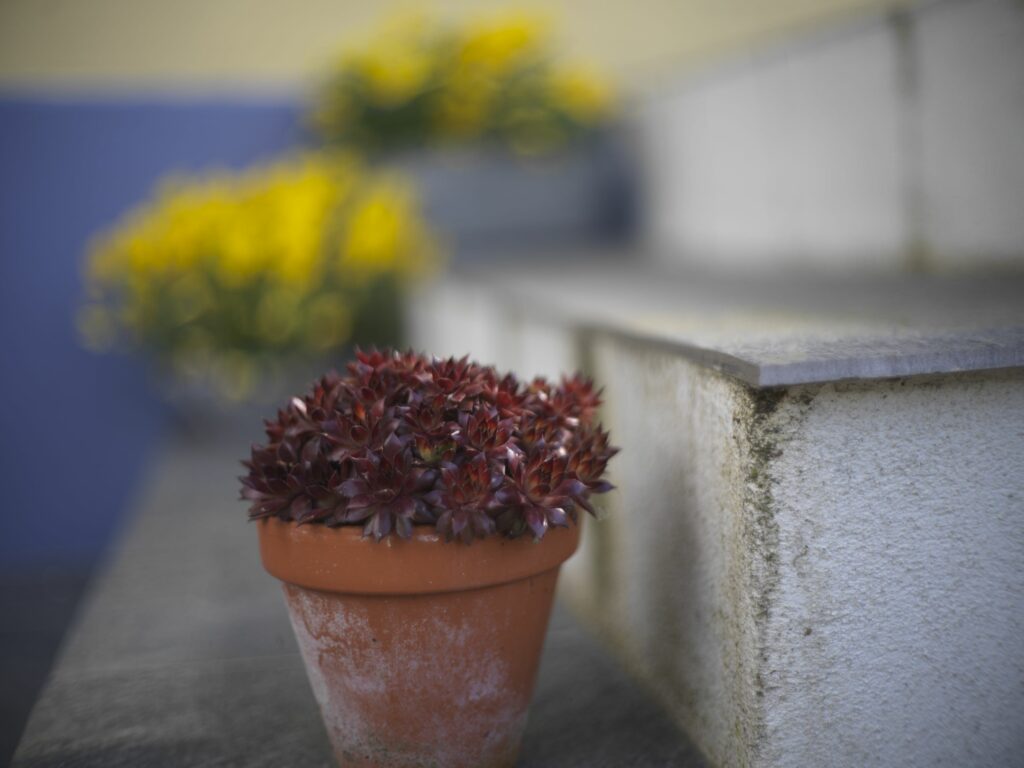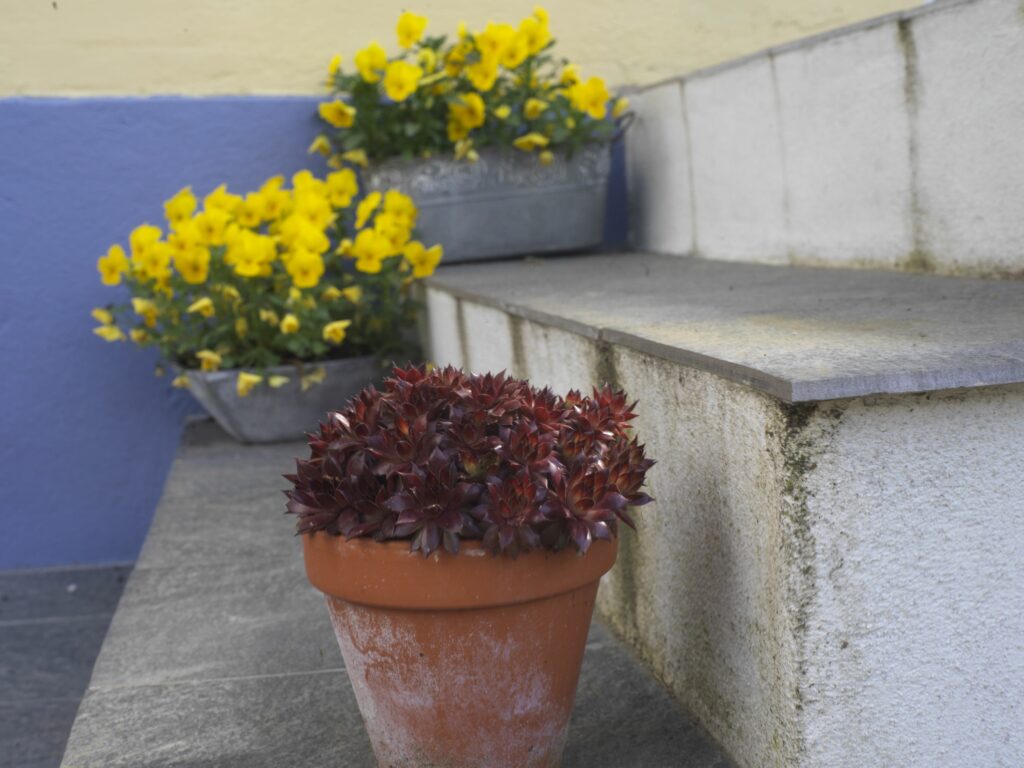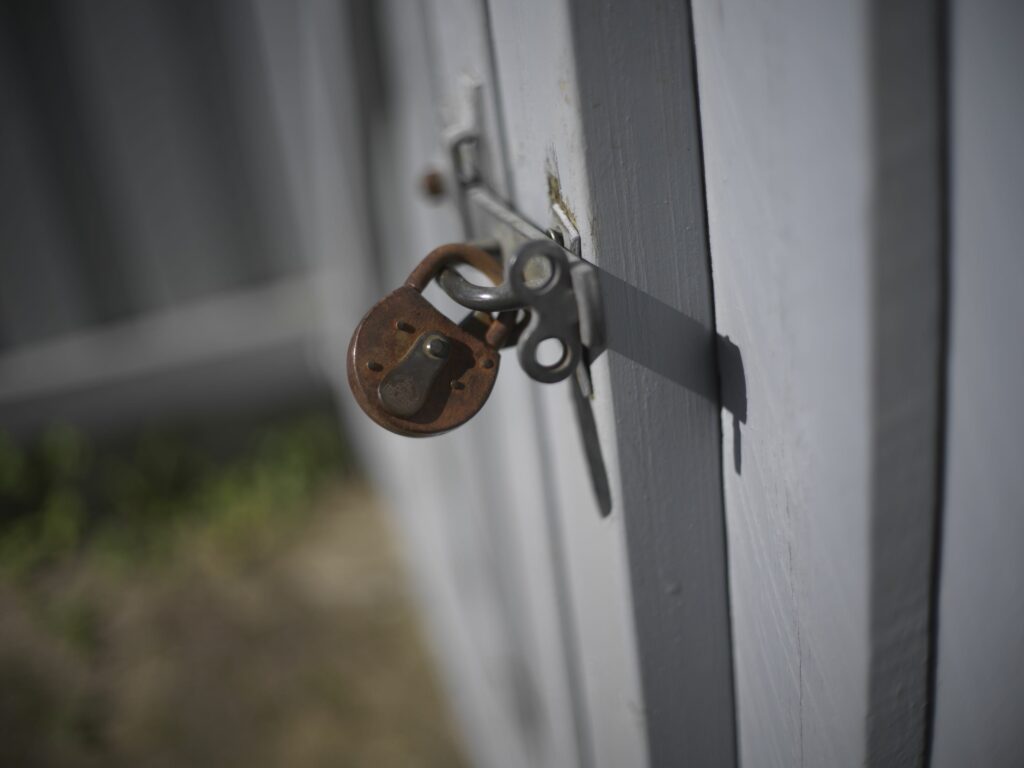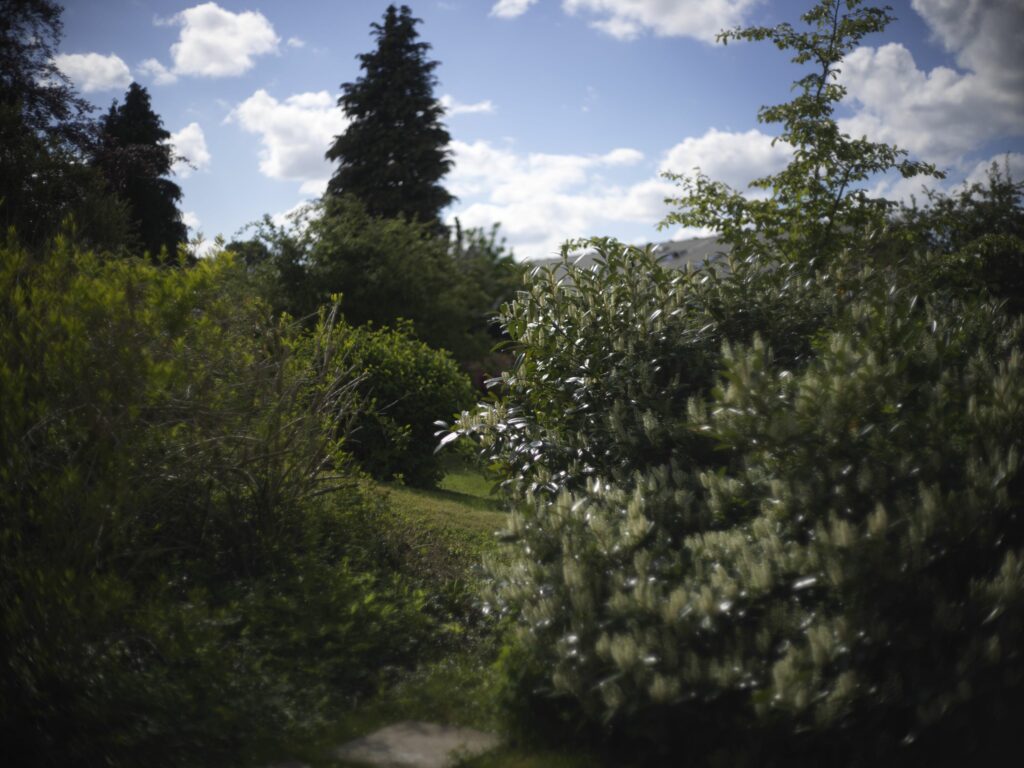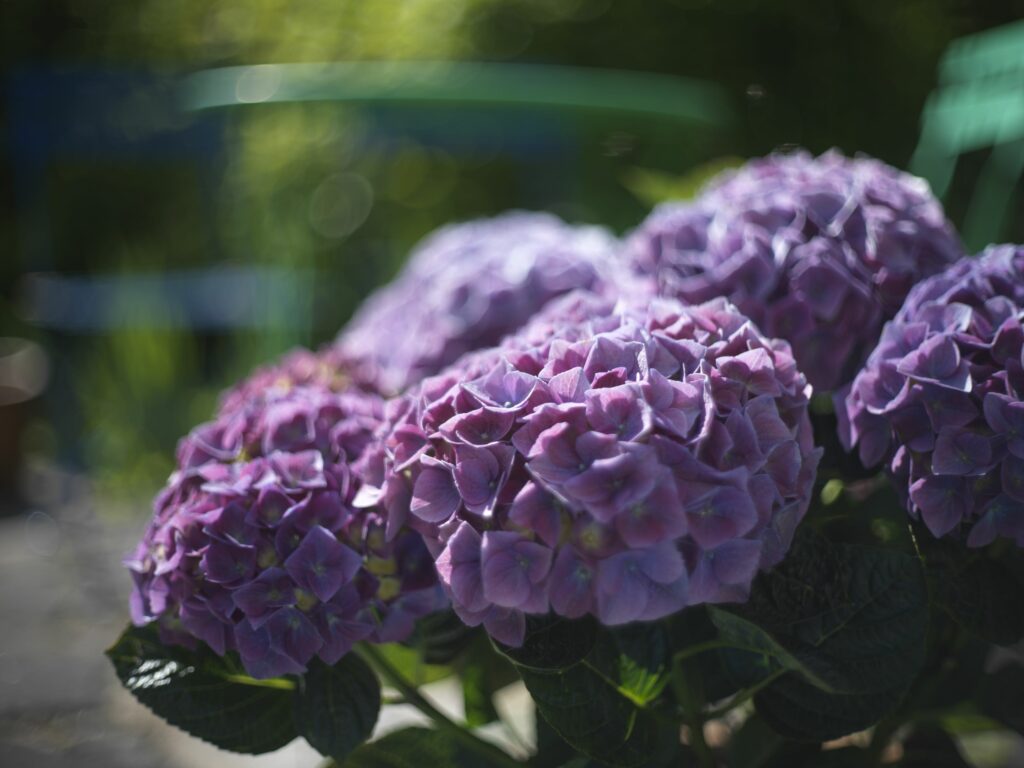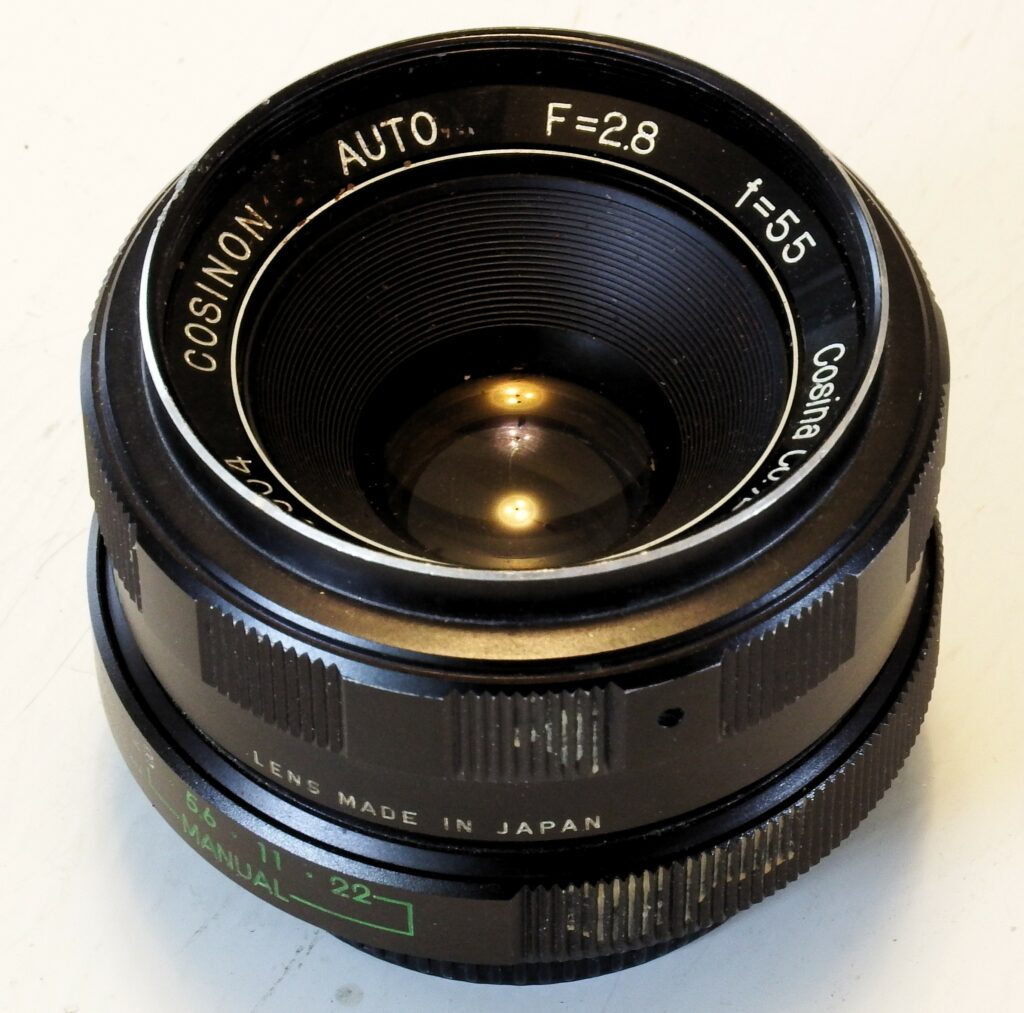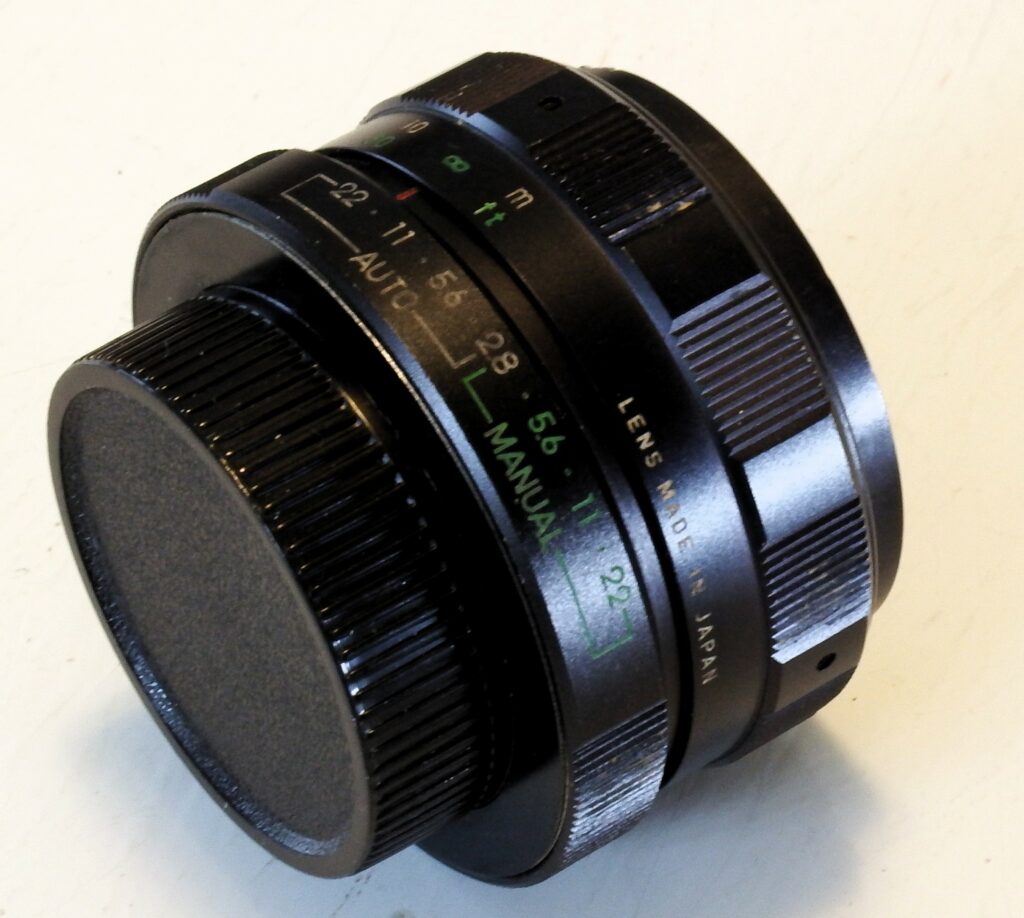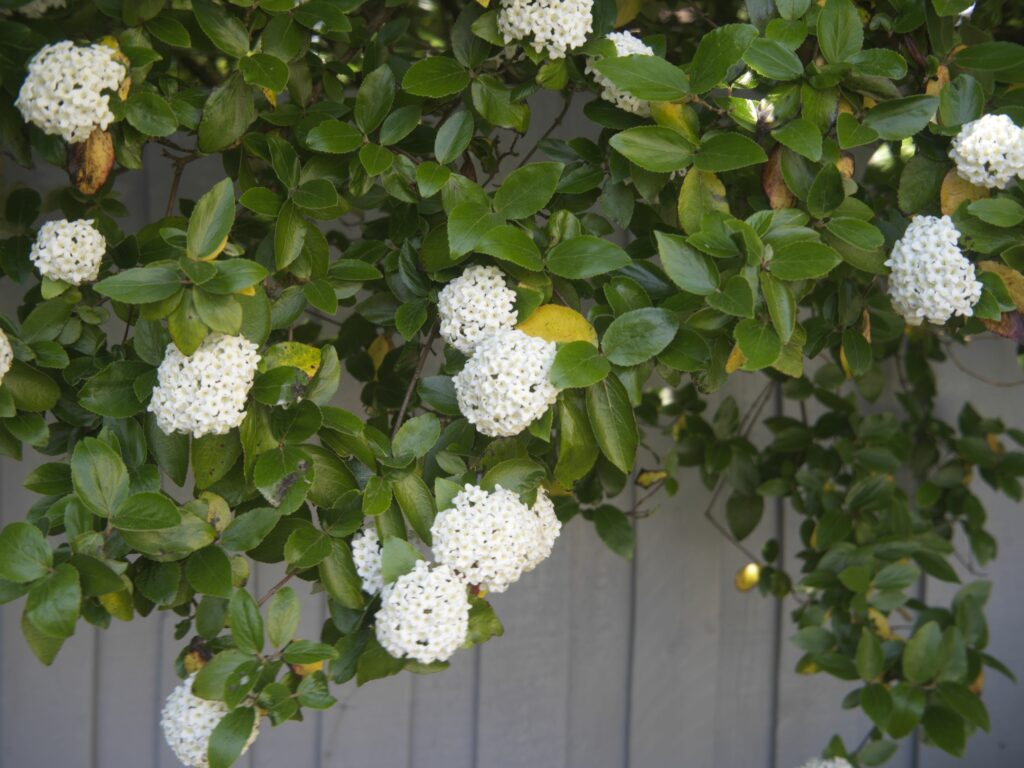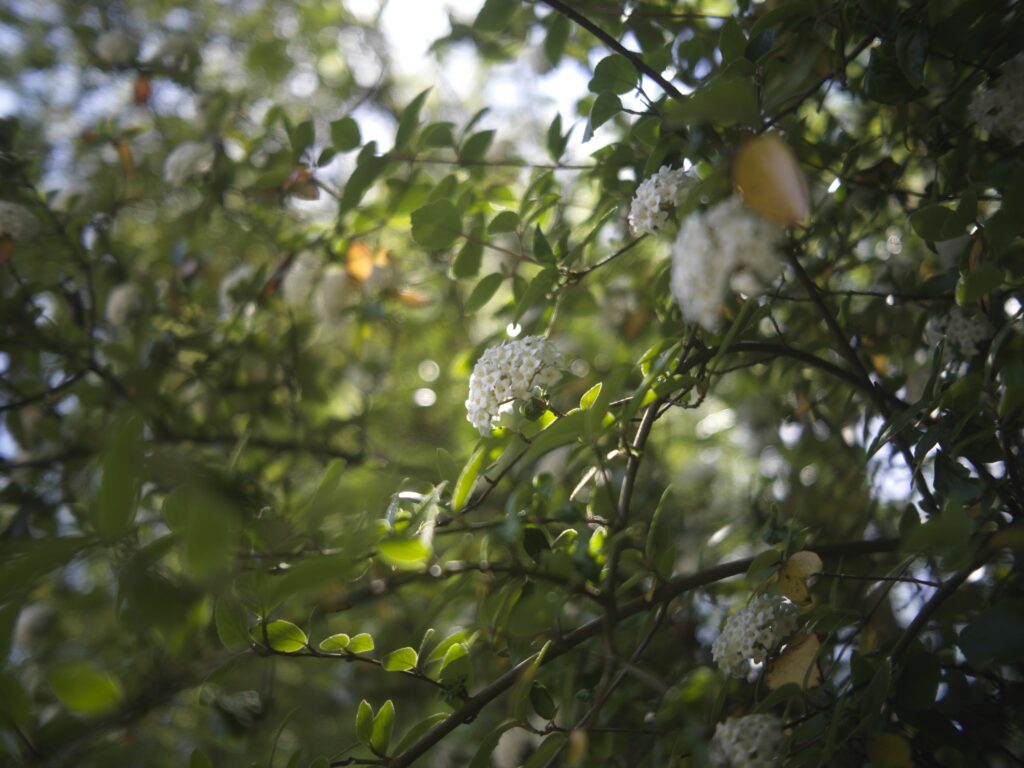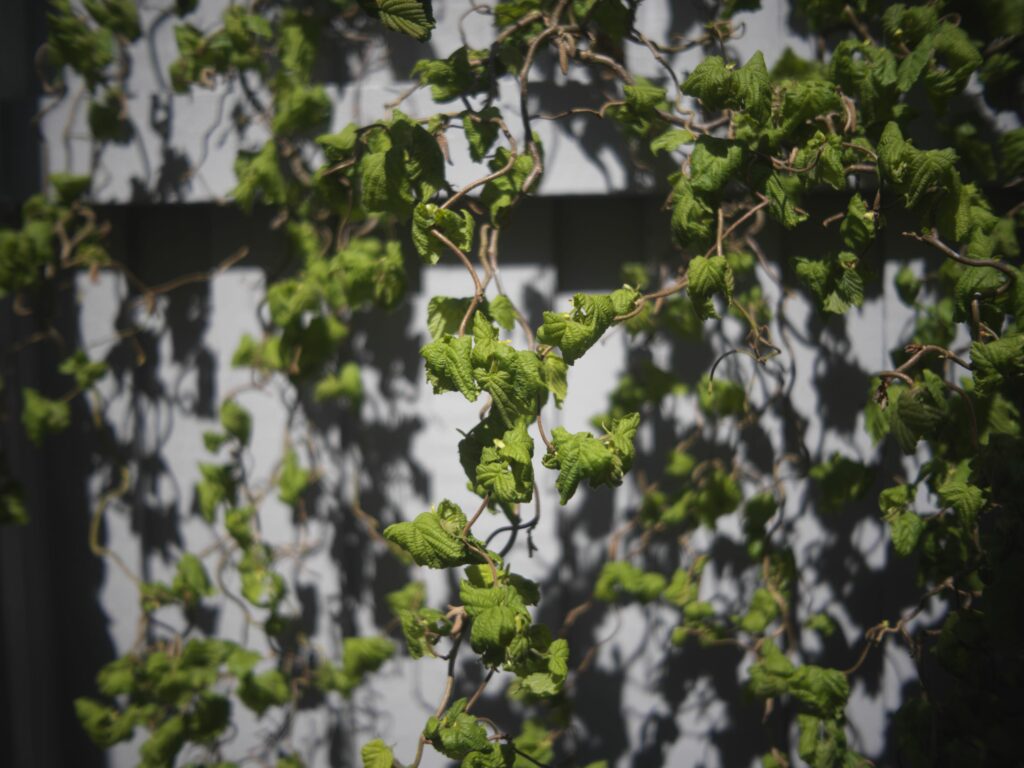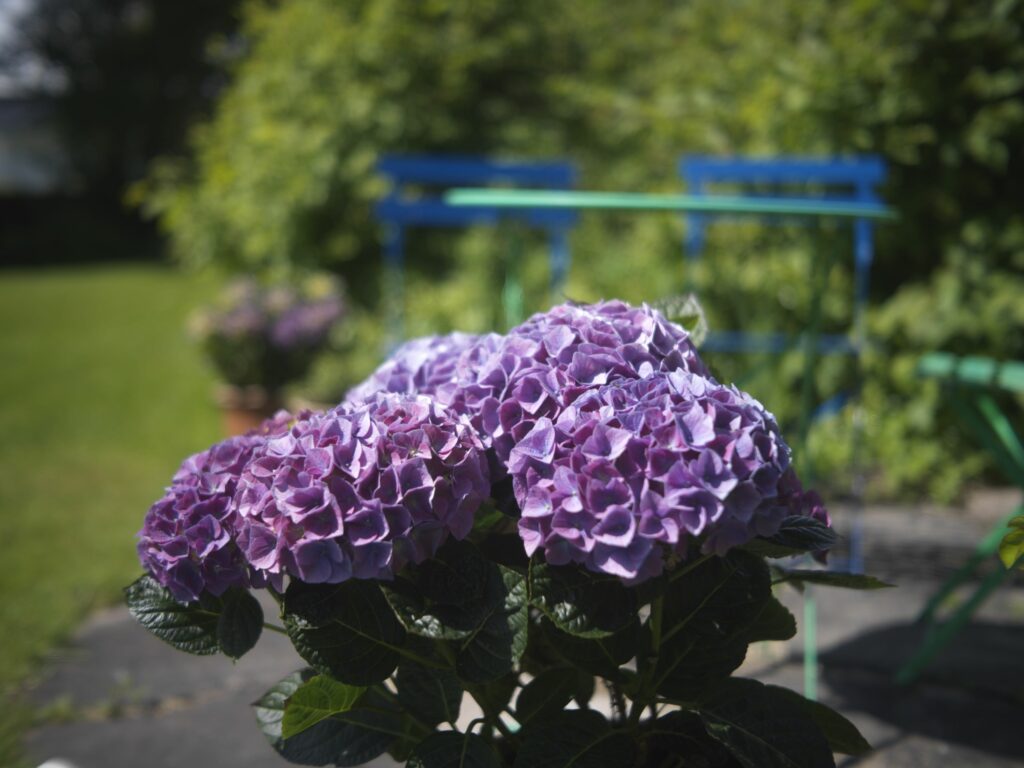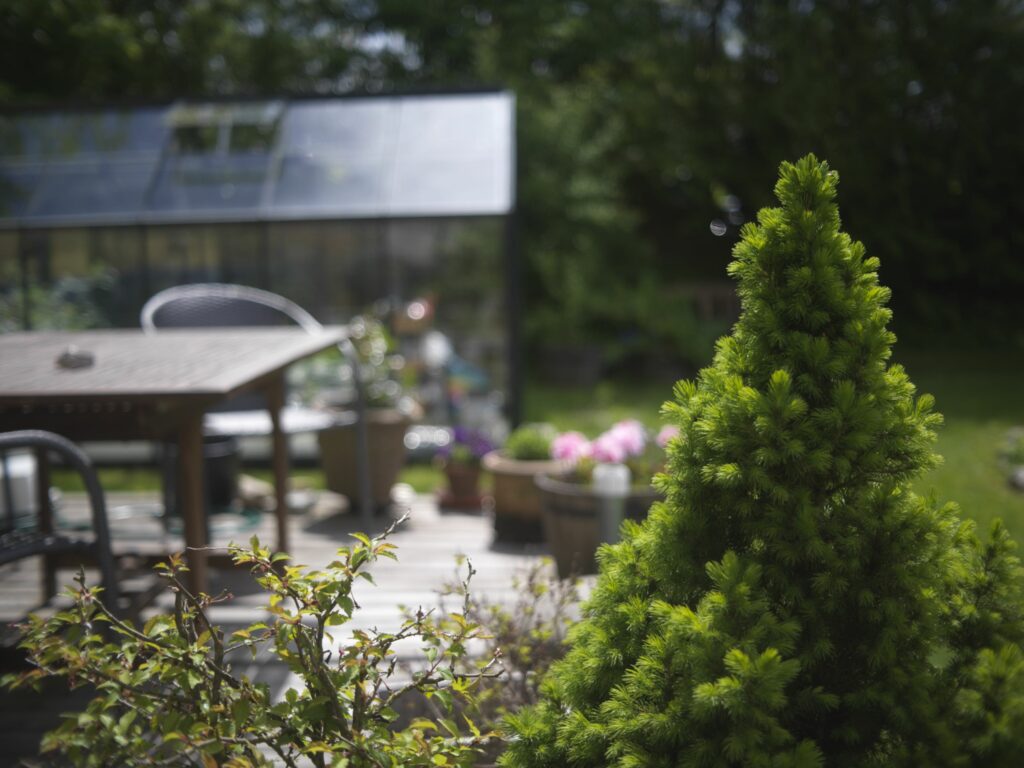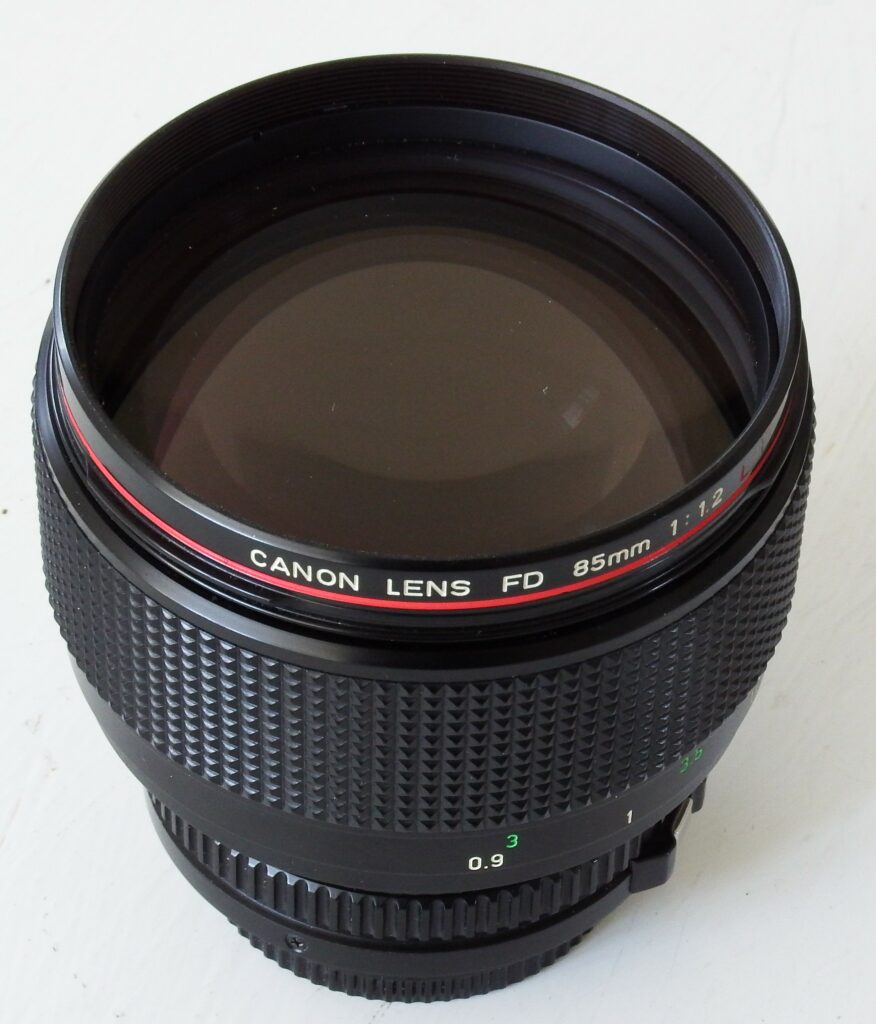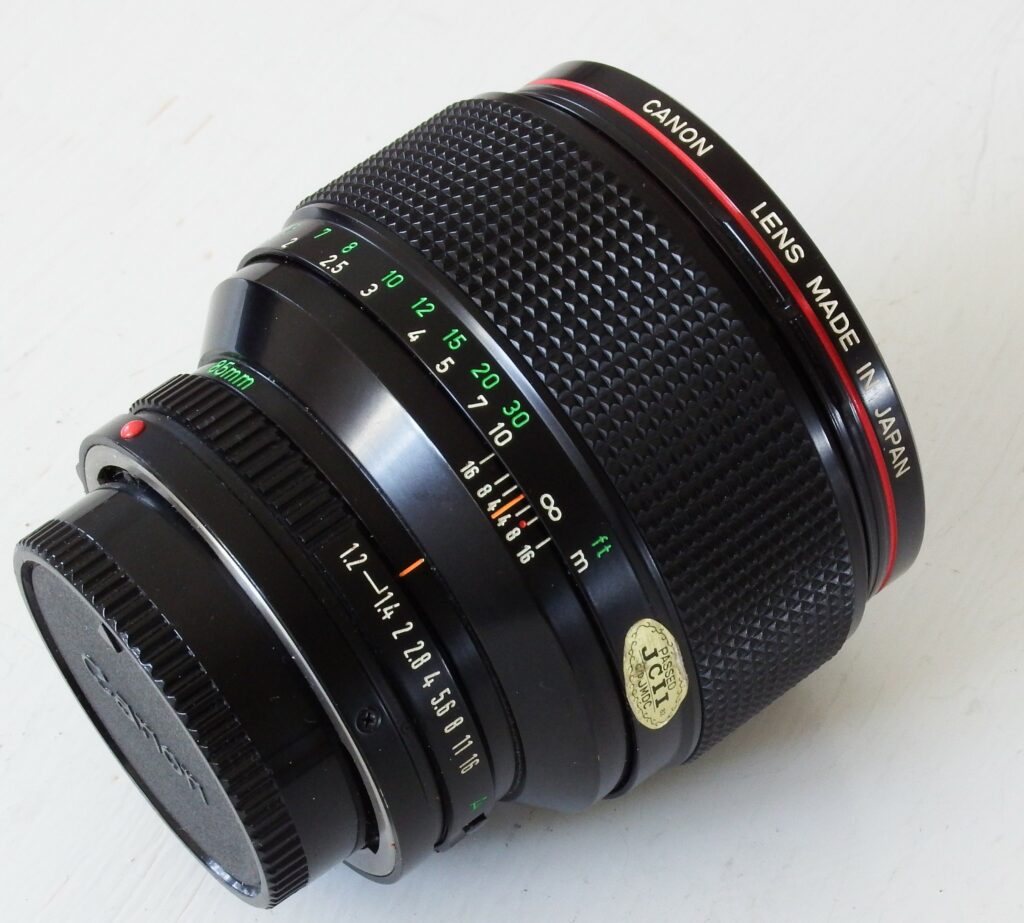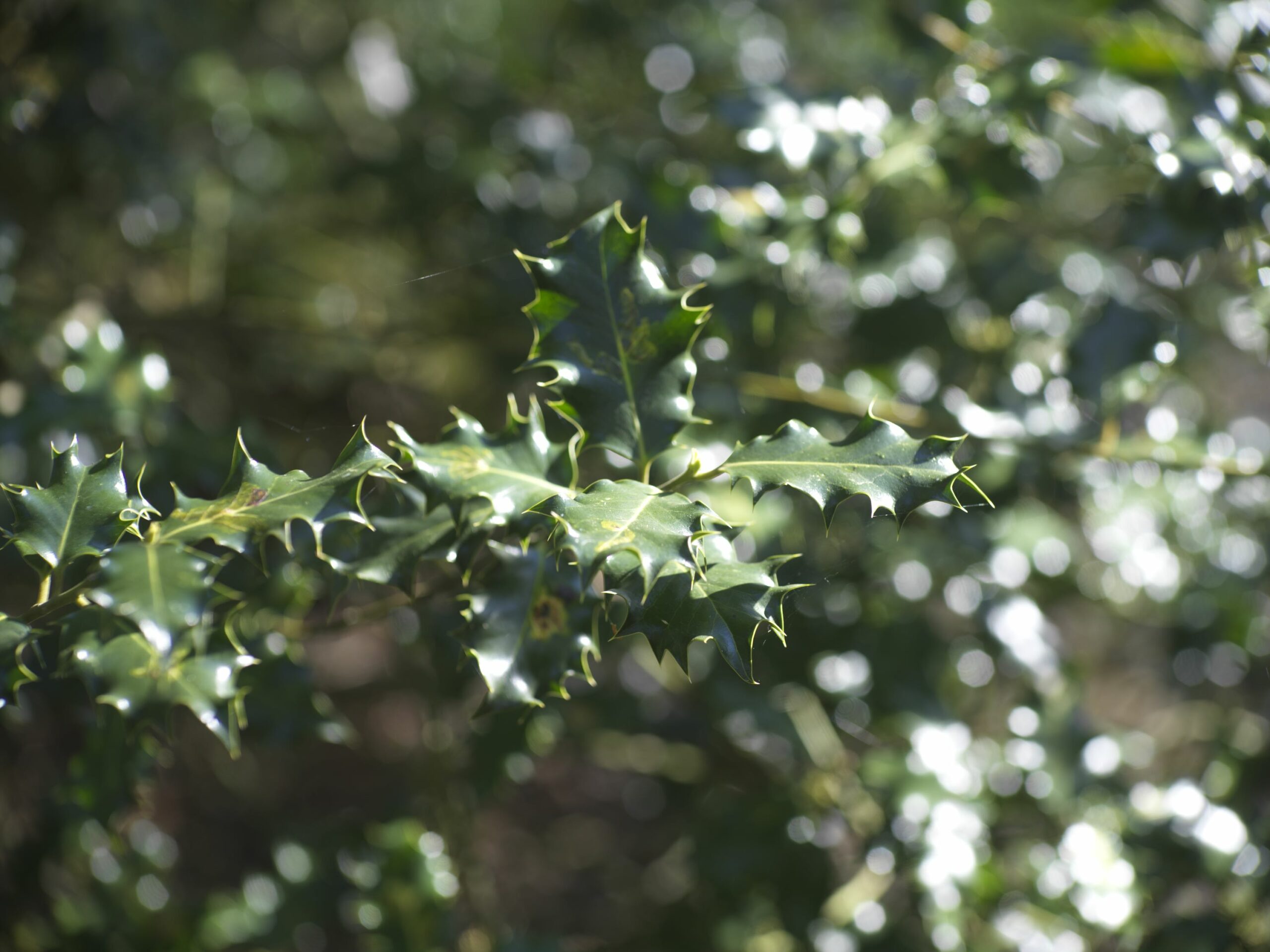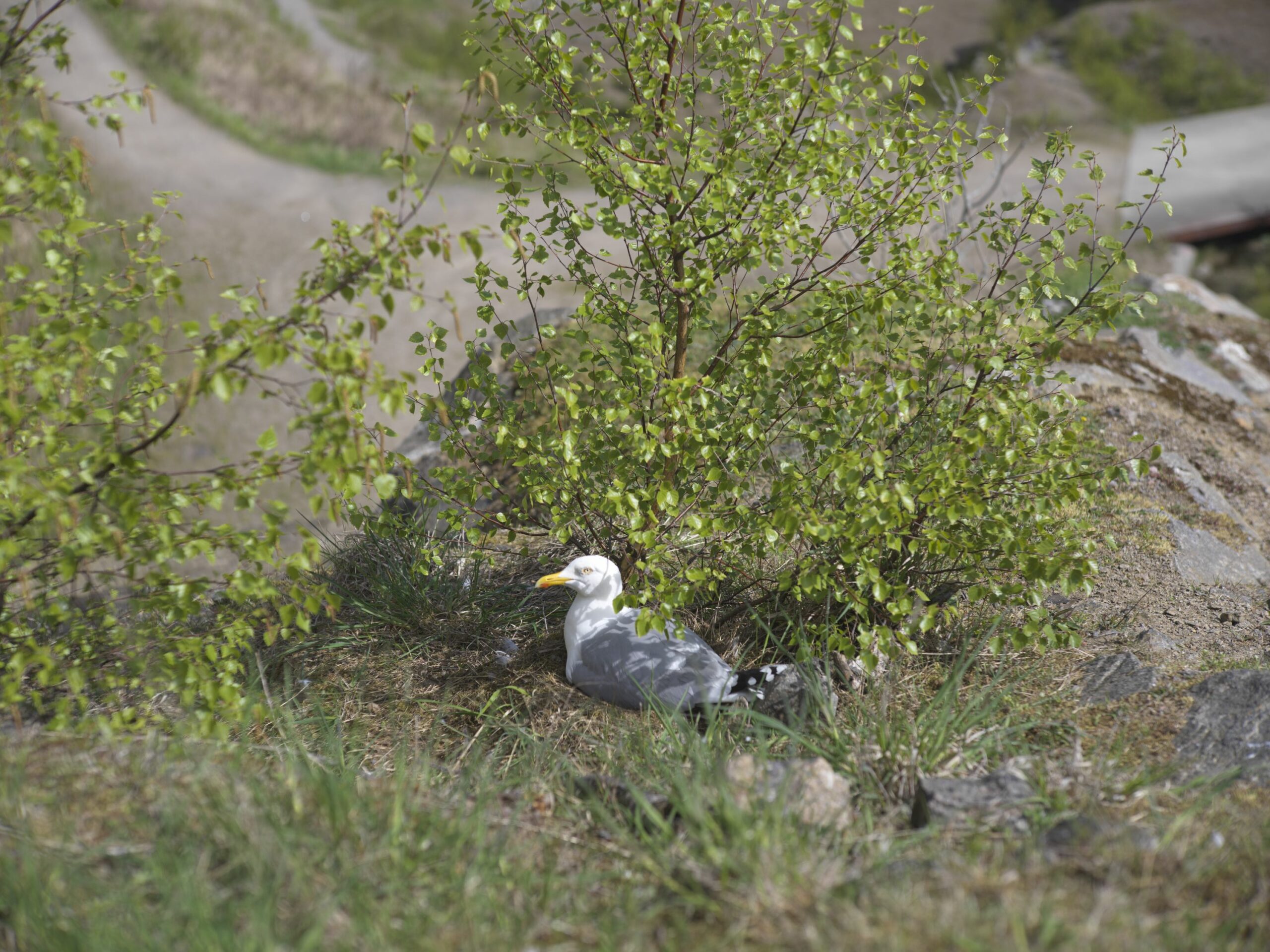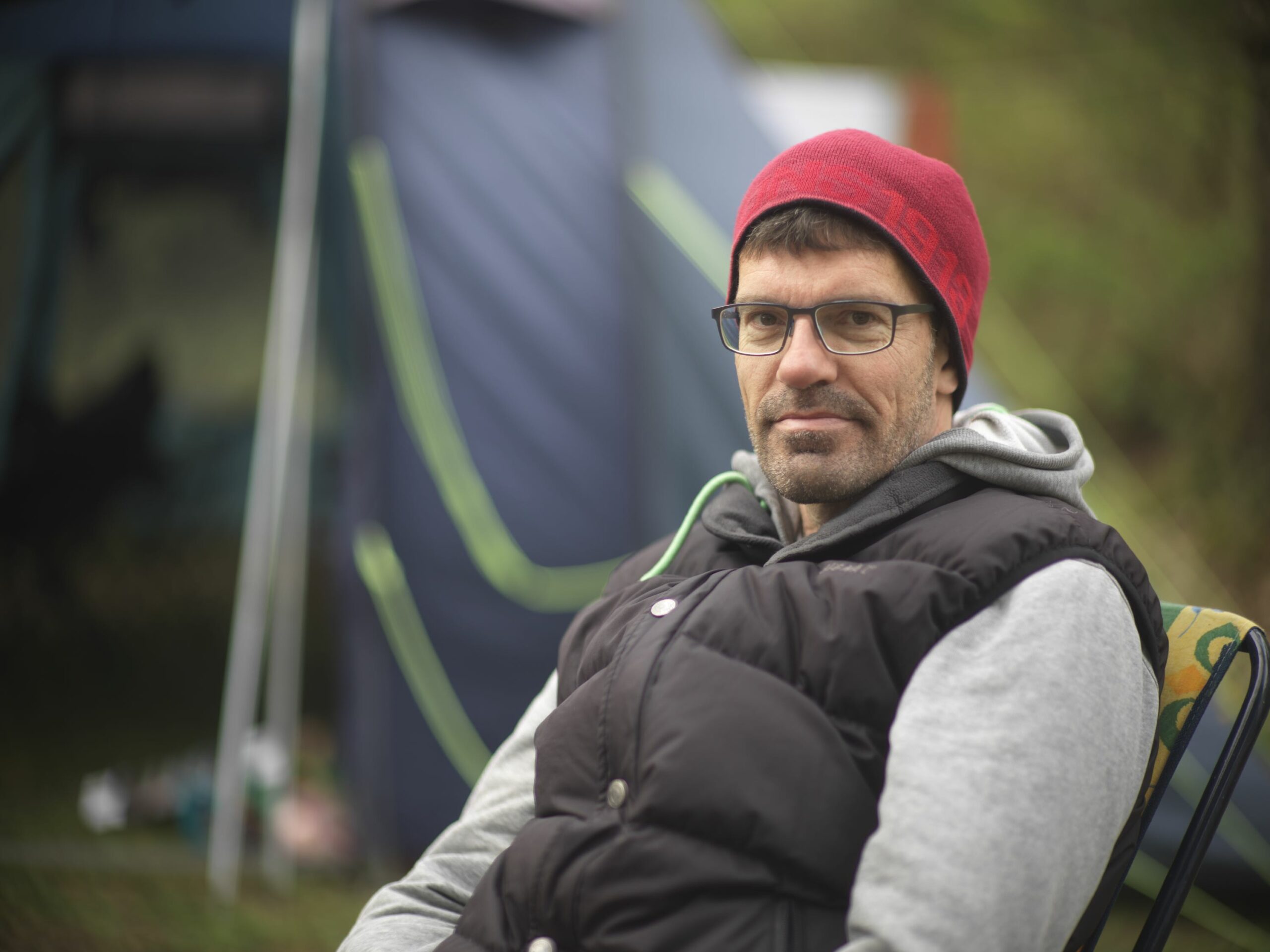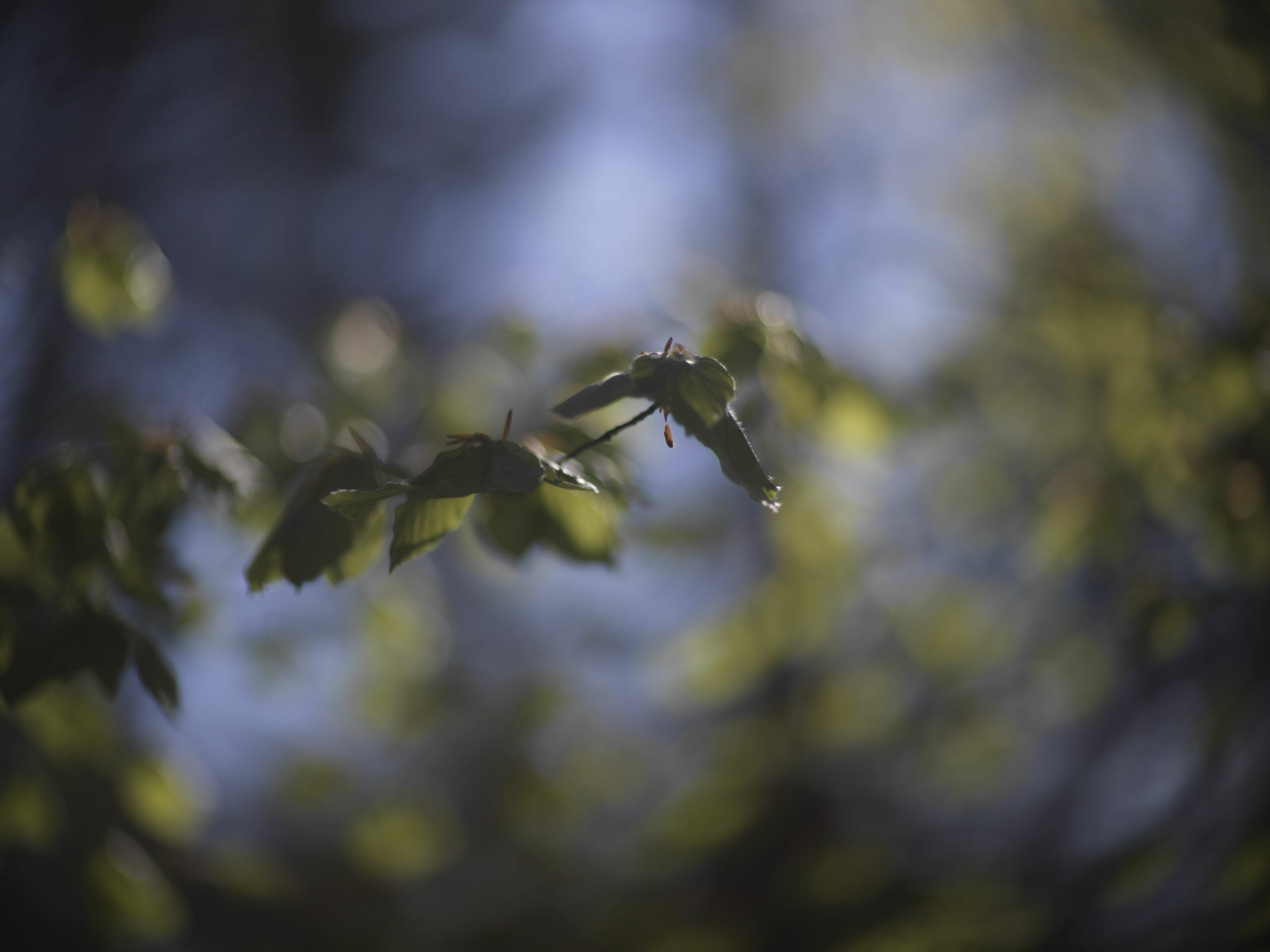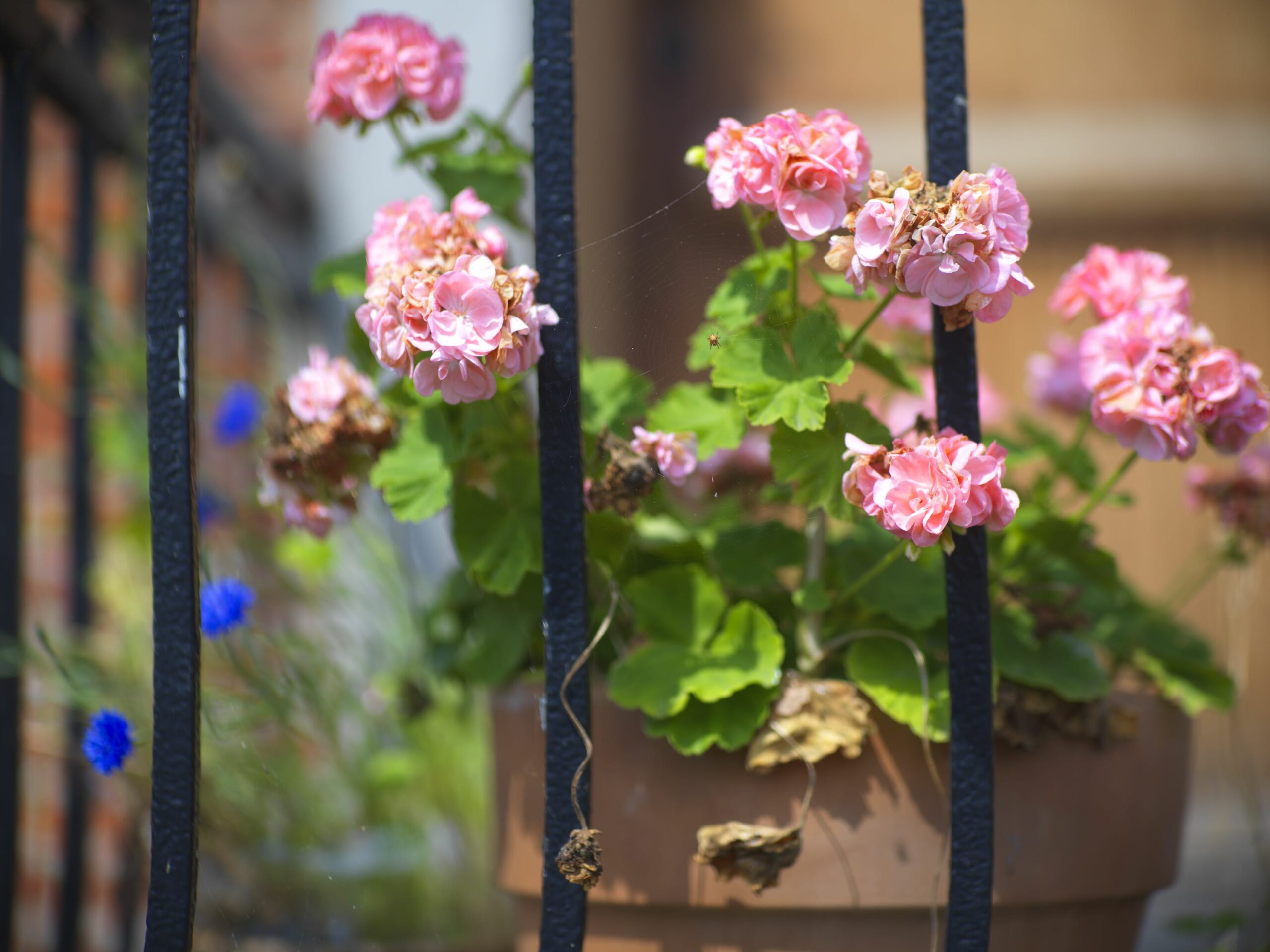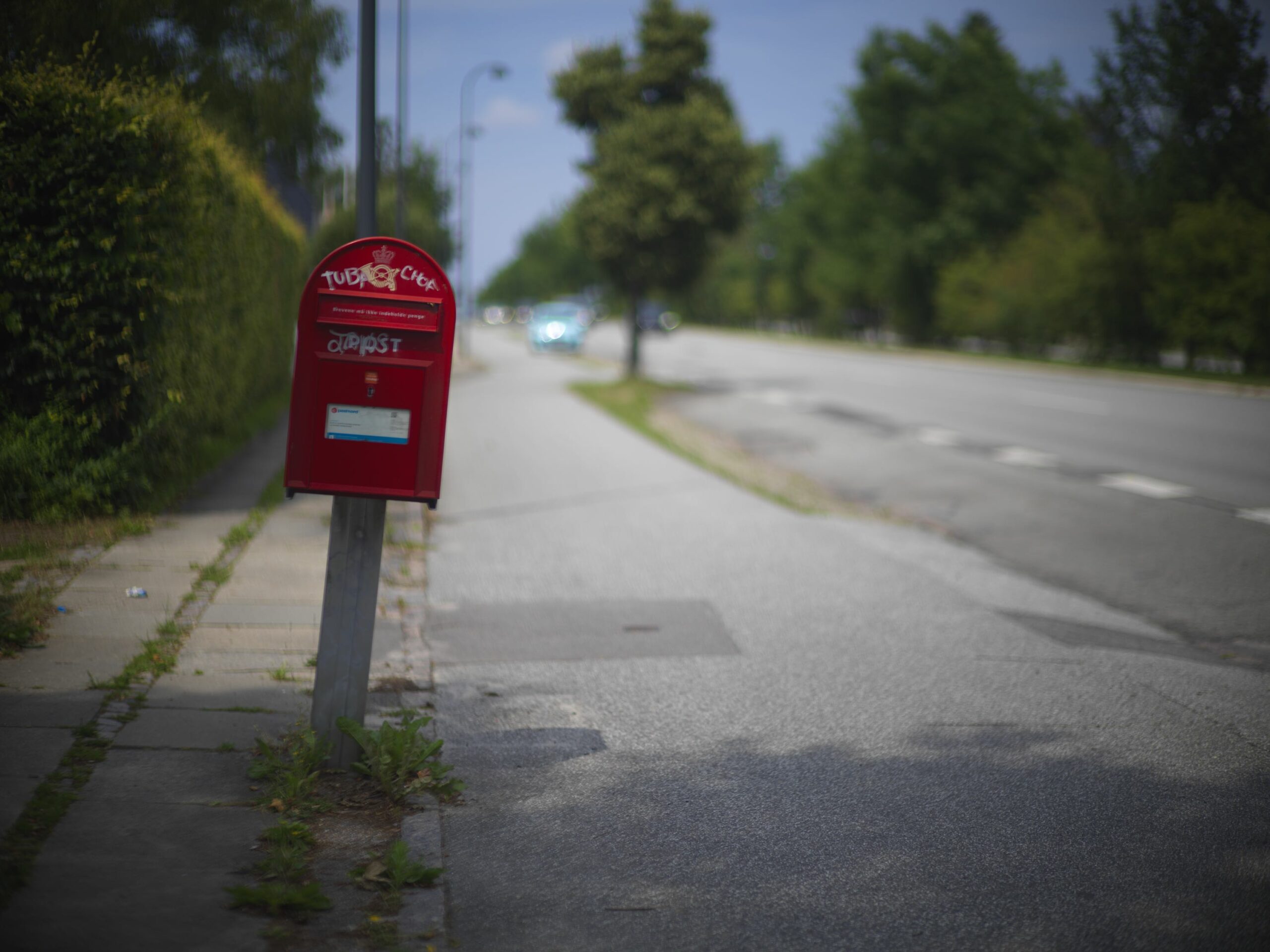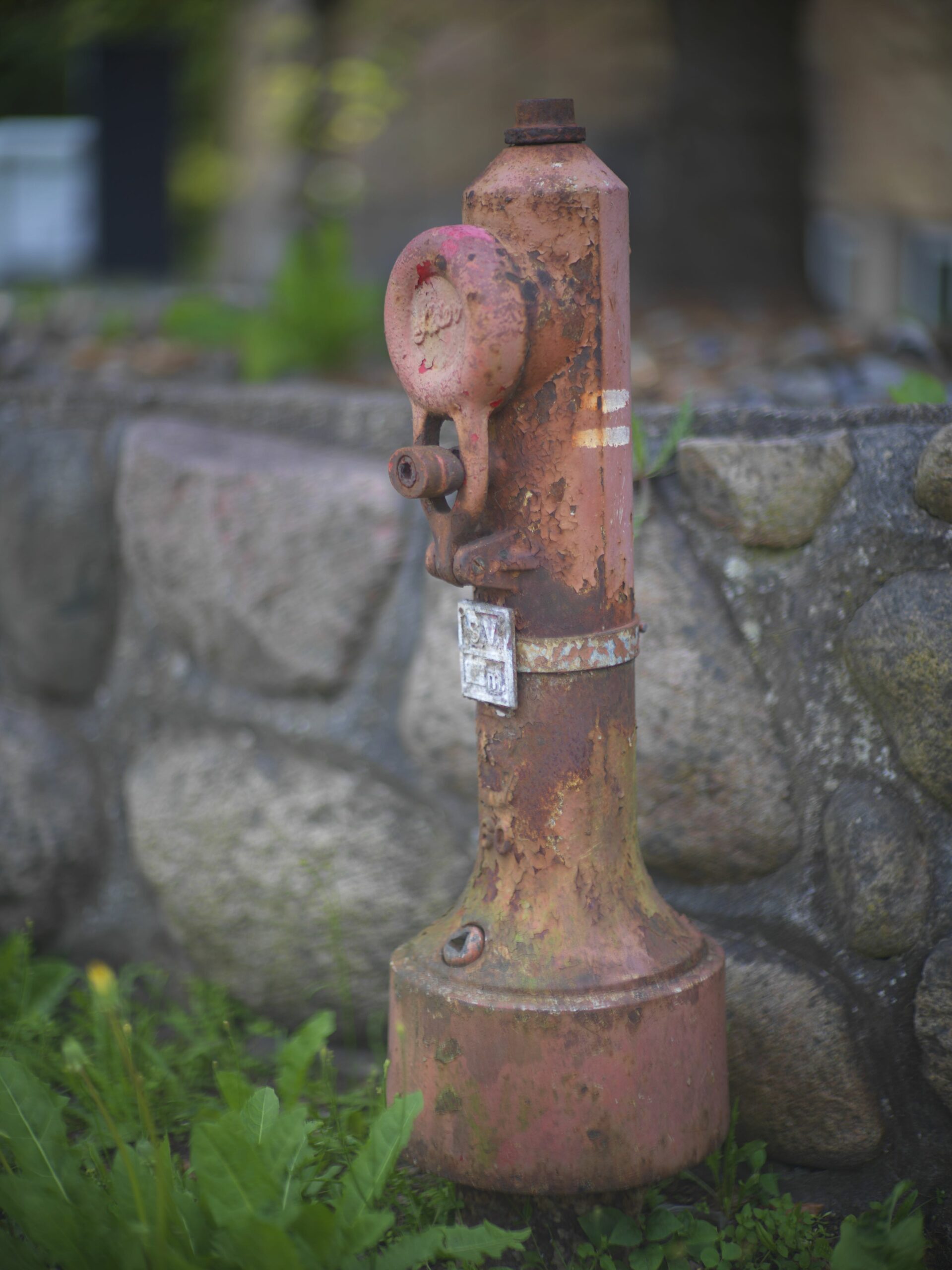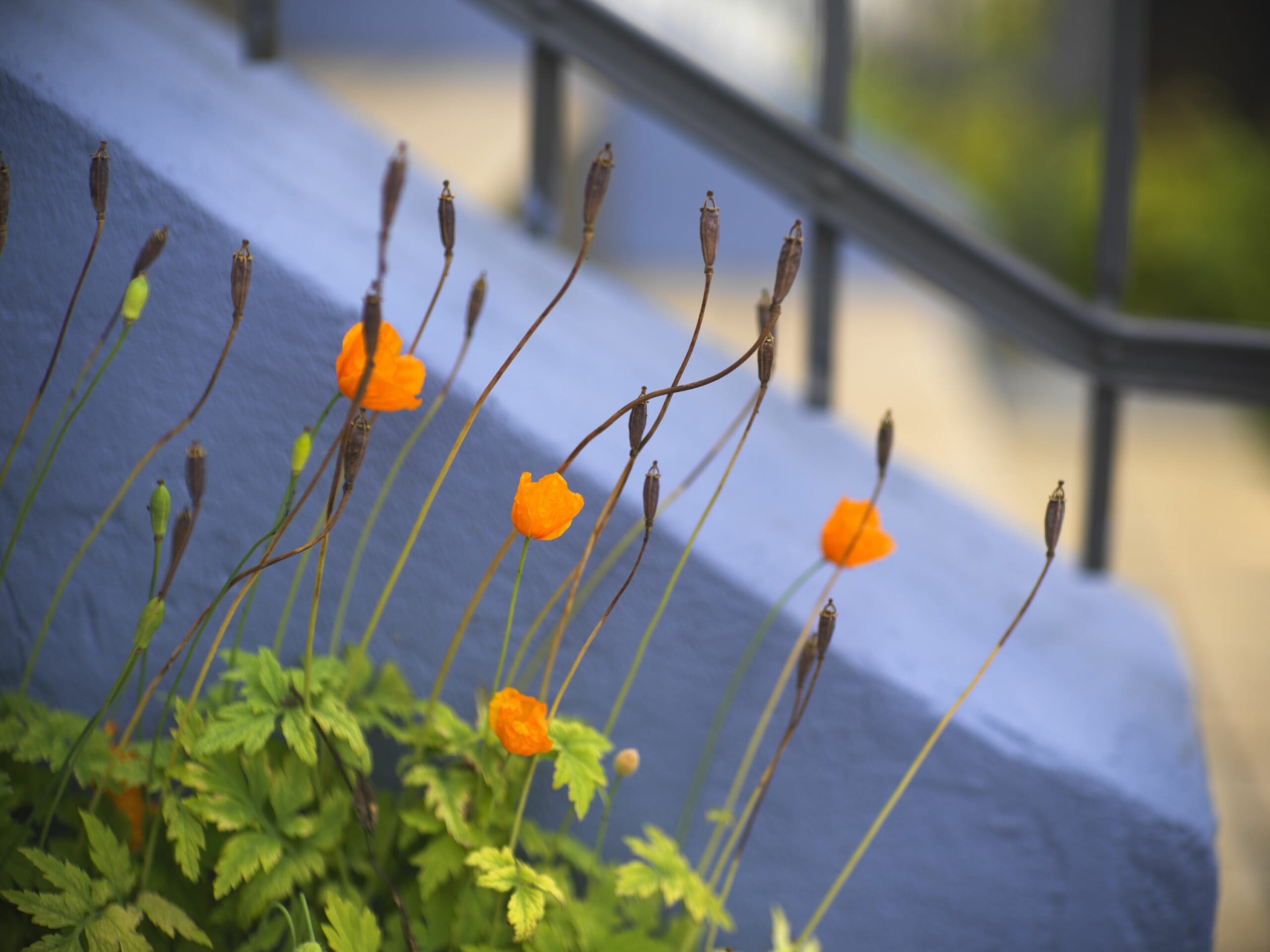This is the third article in this series. You can read more about the setup in the first two articles, that you can find here:
For this article I have shot on my Hasselblad camera with some cheap Russian lenses, a rather unknown German lens, a couple of different other options, and one relatively expensive lens. Contrary to last review, no lenses are long telephoto lenses, all lenses are of focal lenghts between 50 and 85mm, which corresponds to 40 to 68mm when applying the 0.79 crop factor of the Hasselblad X1D sensor. The results achieved with these lenses should also apply for the medium format cameras from Fujifilm, the GFX series of cameras, as these use the same sensor in the 50 mpx series of cameras and use the same sensor size in their 100 mpx models.
The review will cover the following lenses, that I have shot on my Hasselblad X1D 50c II using the appropriate adapter for the lens:
- Helios 44-2 58mm f2.0
- Industar 50-2 50mm f3.5
- Porst Color Reflex 50mm f1.7
- Cosina Cosinon 55mm f2.8
- Canon FD 85mm f1.2
Helios 44-2 58mm f2.0
The Helios lenses are generally receive very high estimation. They seem to be perceived as lenses with an extreme character mostly due to their so-called swirly bokeh. The overall sharpness should also be quite good, therefore, some years ago I bought a specimen on eBay for around 30€ to use with adapters on both an analog Canon AE-1 and on my Fujifilm X-T2. After I got the Hasselblad X1D one of the first adapters I acquired was the M42 screw mount to Canon FD and then, to attach it to the Hasselblad, i used my adapter from the FD to Hasselblad XCD. The direct adapter from M42 to Hasselblad was excessively expensive, my solution with to adapters was very cheap.
Helios lenses, no matter what specific lens we are talking about, are generally very well built. Like many old lens constructions it’s only metal and glass, and the factory continued this construction in their newer builds. The specific lens, the Helios 44-2 58mm f2.0 is, as the name suggests, the second version of this lens. Actually, they changed the construction of the lens from 8 lens elements to 7 elements, while still maintaining the 44-2 naming, luckily without affecting the behavior of the lens. I have also used fourth version Helios 44-4 lenses, that doesn’t seem very much different from the original apart from a better lens coating to reduce flaring in the lens. Introducing multiple layers of coating sometimes removes some of the vintage character of a lens, and it seems to be the case with this lens, but even the newer version has awesome bokeh.
The lens feels quite heavy in the hand, and is pretty cold to hold on a winters day, due to the metallic construction and the lack of rubber focusing and aperture rings. Anyway, the focusing ring turns very smoothly, and emits a sound when reaching either end of the focusing range, which goes from 0.45 meters to infinity. There are distinct click stops on the aperture ring with stops from f16 to f2.
The first images I shot was mainly to see if the very hyped swirly bokeh was something I could reproduce. And it sure was. The image from my garden has this conspicuous circular background unsharpness, that is so highly regarded. It only occurs when the conditions are just right for it, the background must be a certain distance away, and you must focus on something rather close. If the background is to far away it just disappears completely in softness without leaving this swirly imprint on the image. At the close focus distance of 0.45 meter, the zone of sharpness at f2 is only a few millimeters. Focusing the swaying branches, and hand holding the camera it is clearly difficult to get the sharpness plane at the exactly correct spot, but anyway you can see that there is nice sharpness in a very limited zone, everything else falls away in a beautiful smooth softness.
Another thing that immediately became apparent is, that this lens show next to no vignetting on the Hasselblad. That is amazing for this old Zeiss Biotar design copy. But the old design, or at least this copy of it, shows some other weaknesses that weren’t visible in these first bokeh focused images.
Looking at the other examples it becomes clear, that although pretty sharp in the center of the image at f2, this is not the case for the edges, and certainly not for the corners of the image. I knew about this behaviour already from tests on full frame cameras, thus I didn’t really expect anything else than perhaps a worsening of this. And it sure is very soft in the corners, where different colored objects disappear into a mush even though they should be in focus. One good thing is that sharpness improves significantly when stopping down to around 5.6 and beyond, and another thing to consider is, if the unsharp borders at f2 isn’t actually a strong side for this lens. If you are shooting portraits with it, you probably place your model somewhere near the center of the image, maybe a little of to one side, at least if you are obeying to rule of thirds. Your subject will be in the sharp part of the image, and the rest of the image will fall away in a pleasing way.
Of course it means that this lens is not, at least at f2, the best allround lens for any kind of shooting, but for specific purposes it could be one of the best lenses ever made. I am at least sold to the look this old lens can create.
A few other characteristics that I haven’t actually examined myself in my own images, are that it has very little distortion (barrel or pincushion), and that it displays almost no chromatic aberration. All in all a very respectable result from this old design, and as it is possible to get it for under 30€. It not only come recommended, I regard it as a must have in a lens collection.
Industar 50-2 50mm f3.5
The first thing I noticed upon receiving this lens was its size. It’s kind of a pancake lens, and though it seems to be solidly build from metal and glass, it doesn’t weigh very much. As you can see from the image of the lens on the Hasselblad camera, it is smaller than the adapter to the Hasselblad mount, though actually there are, as described for the Helios lens, two adapters in play to get from the M42 mount to the Hasselblad XCD mount. It is really a tiny lens, and the lens elements in the lens are of a very small diameter. That of course also means that the aperture cannot be very open, and actually the most open aperture of 3.5 is usually only seen on macro lenses, and this is by no means a macro lens with its close focus of 0.65 meter.
The aperture ring is also a bit weird, as it sits on top of the focus ring. Usually, I would set the focus while having the lens at the most open aperture, and then close down to the desired aperture. Doing so on this lens often results in a change of focus setting as well, as the aperture ring has larger resistance than the focus ring, thus the focus ring turns with the aperture ring if you don’t hold on to it, which is a bit difficult due to the small size of everything on this lens. It can be done, but if not on a tripod, it would require you to take your eye from the viewfinder to hold on to the focus ring while turning the aperture ring. That could also result in a change of distance to you subject, especially if at a close distance.
How does this lens with its very tiny glass elements behave in real life? Looking at the first image examples of the flowers on the staircase to my house, it is clear that though tiny there is absolutely no vignetting, this is awesome and a better performance than most other lenses I have reviewed.
Furthermore, looking at the sharpness in these images it is obvious that the designers of this lens have achieved something very astonishing with this lens. It is very sharp right from f3.5 (the image on the left), and not only sharp in the center of the image. Look at the detail in the concrete to the extreme right, it is tag sharp and detail is extreme. When comparing to the image shot at f11, I tend to prefer the f3.5 version for the nice background blur. The contrast in the image is also the same at both apertures, the only thing that changes a slight bit in favour of the image at f11 is the color rendering that gets a little more punch. Very nice start for the Industar 50-2.
The next set of images reveal one of this lens’ weaknesses, flaring when shooting against bright light sources. Both images where the sun hits the front element of the lens shows a lot of different colored rings and bands. You might like this, or you might be able to exploit it artistically, but I would prefer less flaring. Furthermore, the contrast in these images is quite low as a result of the direct sun. I haven’t tried using a lens hood, none was supplied with the lens, and I have nothing that fits its very small filter diameter.
Adding to this, the first image displays some background blur, but probably due to the f3.5 most open aperture, the background separation is not that good. It is nothing like the next lens, I have in this review, the Porst Color Reflex 50mm f1.7, but that one might end up like the measure of how beautiful background separation can become. The last image in this block shows another interesting feature. Here the sun is hidden behind the leaves and suddenly contrast is back, and looking at the trees in the background the blur seems to have some of the “swirlyness” of the Helios lenses, though not as much as they can give you.
Avoiding the direct sun, the results are very different and pleasing – at least to my eye, and now the background attains a bit of that swirly look that I like so much. Colors are also very saturated and support the extremely nice color rendition of the Hasselblad camera.
The conclusion on the very unassuming, tiny Industar lens is, that as long you avoid shooting against bright light sources – or have luck of finding a very small hood – this lens is one of those gems, that come so unexpected. Sharp, good colors, not the slightest vignetting, and even giving some swirly background separation given the right conditions. Due to the optical performance, I totally forgive the peculiar design of the aperture ring on top of the focus ring. This lens comes very highly recommended, knowing its performance I would have paid much more than the 20€, I actually paid. That is a very high performance/cost ratio 🙂
Porst Color Reflex 50mm f1.7
When I received this lens in broken condition in tree pieces, I didn’t even know if I would be able to fix it, so expectations weren’t high. I managed to get it together although there is still a slight rattling noise inside the lens, but it doesn’t seem to disturb the functionality and most importantly the results it deliver.
Firstly, let’s talk about build quality. While generally decent in build quality, the Porst Color Reflex lens is not in the same league as the other lenses I have reviewed. There is a slight play in the focusing ring, there is a rattling noise from the internals – though it may be a result of an assembling error on my part, and the feel is not as sturdy as many other contemporary lenses. Still it feels nice in the hand and it es easy to focus and set the aperture. It has 6 aperture blades, and due to this I didn’t expect bokeh balls to be very impressive.
Image examples from this lens proves, my expectations were surpassed by a wide margin. This cheap piece of metal and glass delivers an amazing image quality, and has nice coverage for the large sensor of the Hasselblad X1D. First two examples are shot at respectively f1.7 and f8. Sharpness is decent even at f1.7, but improves to quite good at f8, but what is most remarkable is that even at f1.7 there is almost no visible vignette. That is amazing. This example also portrais the lens’ ability to blur the background, as does the image with the lock, which is also shot at f1.7. Try to enlarge this image and read the markings on the lock, which proves this lens is decently sharp even at close focus.
Color rendition is also quite nice, and to a high degree supports the amazing color capability of the Hasselblad camera. And apart from the fine colors in the image of the flowers, that image also shows some blurred highlights in the background, the so-called bokek balls. I tend to like both the bokek itself as well as the highlight rendering. In the center the highlights are well rounded, not showing the 6 straight aperture blades, and there is only a bit of onioning. Pretty decent performance all in all, clearly another astonishing vintage lens.
Conclusively, I can only say that this lens, although quite uninspiring to look at, and my specimen even broken from the beginning, is one of the hidden gems, I was hoping to find during this review. With its decent sharpness, almost no vignetting, nice color rendition, and a very nice background blur, I can highly recommend it especially if you find it as cheap as I did, 3.5€ plus 9€ shipping, that was a real bargain.
Cosina Cosinon 55mm f2.8
Next lens in the review line-up is the Cosinon 55mm f2.8 from camera and lens producer Cosina. This quite unknown brand is actually producing lots of cameras and lenses for some of the better known brands like Canon, Nikon, and Olympus. The famous line of Bessa cameras from Voigtländer is actually produced by Cosina. A fun fact is, that the previous lens, the Porst Color Reflex, probably is a Cosina product, as Cosina products were marketed in Germany as Porst. Now then with the great performance of the Porst lens, I was expecting a lot from the Cosina lens. Lets see if it can live up to those expectations.
The build quality, although not directly lagging, is at least very unassuming, leaving you with little to be expected. Nonetheless, it is solid enough and the focus ring moves very smoothly though only to a near setting of 0.9 meter, not very close in comparison with most of the other reviewed 50-60mm lenses. The aperture ring has an interesting feature, having the most open aperture f2.8 in the middle and turning on one side to f22 manual, where the aperture shuts down as you turn, turning to the other side to f22 automatic, that is for a camera with a build-in close down of aperture when shooting. As my adapter has no way to know when my Hasselblad is firing its shutter, I turn down the aperture to the manual side, but using the lens on my old Cosina film camera, I turn it to the automatic side, knowing the camera will close the aperture in the moment of exposure.
Performance wise I was, as mentioned previously due to the family bonds to the Porst lens that behaved so magnificently, expecting quite a lot from the Cosina lens. Having shot it on my old Cosina camera, I knew that on a full frame camera it was a very good performer, but would that translate to the larger and much more demanding image area of the Hasselblad X1D? The moment I watched the first images appear on the LCD of the Hasselblad, I knew that this was going to be interesting. Firstly, there was no visible vignette, secondly, zooming in to details, it seemed to deliver perfect sharpness, and thirdly, areas of high contrast seemed to have near to zero chromatic aberration.
When looking close up on the computer, the sharpness is very good but doesn’t surpass that of the Porst lens, whereas when it comes to vignetting the Cosinon 55mm really shows of. No visible vignetting in natural shots even at f2.8, you could probably find some if you shot in a lab, but I don’t do that.
Where I find this lens is lagging behind its Porst sibling is in the area of background blur. Although it is pleasing enough, the near focus limit of 0.9 meter and the aperture limit of f2.8 prevents you from getting those buttery smooth backgrounds of the Porst lens. Nevertheless, the images are beautifull, and the color rendering is very nice. All in all a very good performance of another lens from the relatively unknown Cosina factory. Also this one comes recommended, though if you consider the price of around 30€ it’s not as high value for money as the Porst and some of the other vintage lenses I have reviewed.
Canon FD 85mm f1.2
Compared to many other lenses, I have reviewed during the course of this article series, this is by no means a cheap lens like the sub 50€ price tag on most of the others. You probably will have to shelve out around 1.000€ to get the lens that, with its red ring. was Canons start of making professionally branded lenses. I was extremely lucky and got mine for 400€ from a guy who was just tired of not being able to nail focus. As you will see that is actually difficult, but there is a bonus, when you get it right. Lets find out if this lens is worth its fame – and your money.
What do you get for your money? A hefty lump, it weighs 756 gram, a well build piece of optics, a lens famed for its image quality, and even more for its ability to throw backgrounds into a very pleasing blur. Holding the lens in your hand, you can feel the quality level of it, and turning the focus ring and the click stopped aperture ring the solid feeling continues. The heft indicates there is a lot of glass and metal in the construction. Optically there are 8 very large glass elements in 6 groups, and unless you choose the earliest version, before they were professionally branded with Canons red ring at the front, they have very efficient coatings, minimizing flare in direct light.
As you can see from the shots, this lens has fine sharpness, that is when you really nail it. But even using the feature in the Hasselblad to enlarge the focus area, I found it difficult when shooting at f1.2 and close distance. The image of the gull highlights the problem of nailing focus. I wanted the eye of the gull to be sharp, but ended up having an image that is sharp in the leaves right behind the gull. When examining the image of the holly shot at f4, it is clear that even in the corners of the image this lens produces tack sharp images, but when shooting wide open, the corners are rather soft. When used for portraits this is actually very helpful as you usually want your model to be sharp, but like the surroundings to fall away in blur.
Trying to spot vignetting, you have a hard time. Even full open at f1.2 there is almost no vignetting, and that is an amazing performance from this old lens developed for 35mm film cameras with their full frame sized image size. The Canon 85mm lens must have an image circle much larger than the 43mm diagonal of the 24×36 frame, and even somewhat larger than the 55mm diagonal of the Hasselblad X1D, otherwise you would see more vignetting.
Apart from the good sharpness and the lack of vignetting this lens delivers, the most attractive feature is its background separation. Shooting close objects like in the last image of the small tree branch above, you get very strong separation from the background. Furthermore, the bokek of this lens is to my eyes out of this world. It is some of the best I have ever experienced, much like the much famed Russian Helios lenses. This lens has the swirly bokek that so many people including myself just love to have. And though the bokeh balls, when light subjects are in the frame, have a somewhat angular shape becoming a bit lenticular towards the edges of the image, they are still very attractive. Wow! What a stunning performance.
Colors and contrast are just sublime, but I think the color rendition of the Hasselblad camera does much of the job. This is definitely not a review of the Hasselblad X1D camera as such, but looking at the images from many of the reviewed lenses, I must say that the colors always seem to be very pleasing. Furthermore, the colors, contrast, and sharpness is right out of camera, I haven’t touched any sliders in Hasselblads Phocus image editing software. I display exactly what you get from the camera + lens combo without any adjustments.
Going for some images with more diverse colors another strong point of this lens became obvious. It has a very good color separation, a characteristic that makes colors “pop” out from differently colored backgrounds. And here it’s not only the Hasselblad camera that make the colors stand out.
Do I need to say that the Canon 85mm f1.2 comes highly recommended? It is an amazing gem from the past, and even at the cost of 1.000€ on eBay I still think it is worth the investment. It is to this day one of the most interesting vintage lens I have tested. I’m so pleased with the results that I know for sure I’ll keep it for ever.
Overview of the tested lenses |
|||||
|---|---|---|---|---|---|
| Lens | Aperture | Vignetting | Sharpness | Contrast | Chromatic aberration |
|
Helios 44-2 58mm |
2.0-16 | Slight, soft | Good center, corners OK | Fine | Little to non |
|
Industar 50-2 50mm |
3.5-16 | Hard non removable | OK center, corners soft | Little | Little to non |
|
Porst Color Reflex 50mm |
1.7-16 | Soft and removable | Fine in center, corners OK | OK | Pronounced at f2.5, little at f11 |
|
Cosina Cosinon 55mm |
2.8-22 | 35mm: Soft, almost none af f11. 70mm: visible at f11 | 35mm: Low at f3.5, fine at f11. 70mm: Good at f4.5, low at f11 | OK | Very little |
|
Canon FD 85mm |
1.2-16 | Very little and removable |
Fine in center, corners soft at f1.2 Very sharp all over from f4 |
Fine | Little |
I’ll be back with more reviews, and I hope to have other hidden gems coming up. I’m planning on doing a review of vintage Nikon lenses, another on vintage Olympus lenses, yet another on vintage Pentax lenses, and finally one on vintage Minolta lenses.
You can find the next article in the series here: Adapted lenses test #4.
